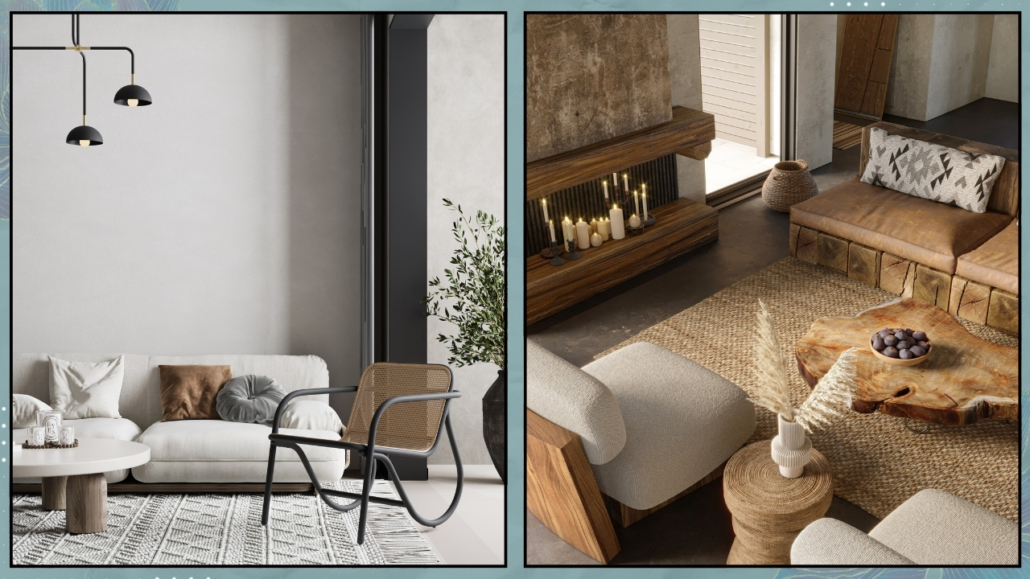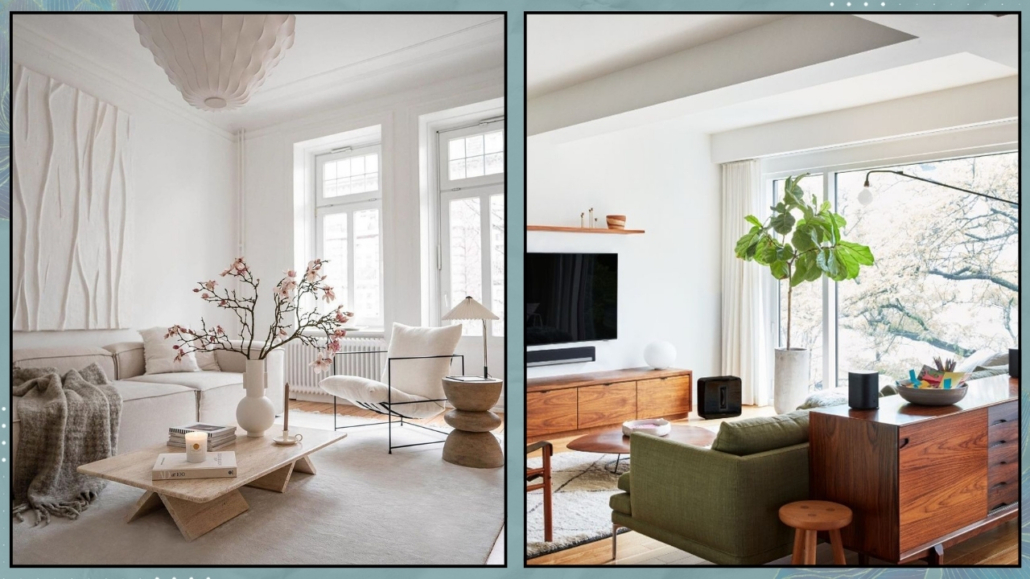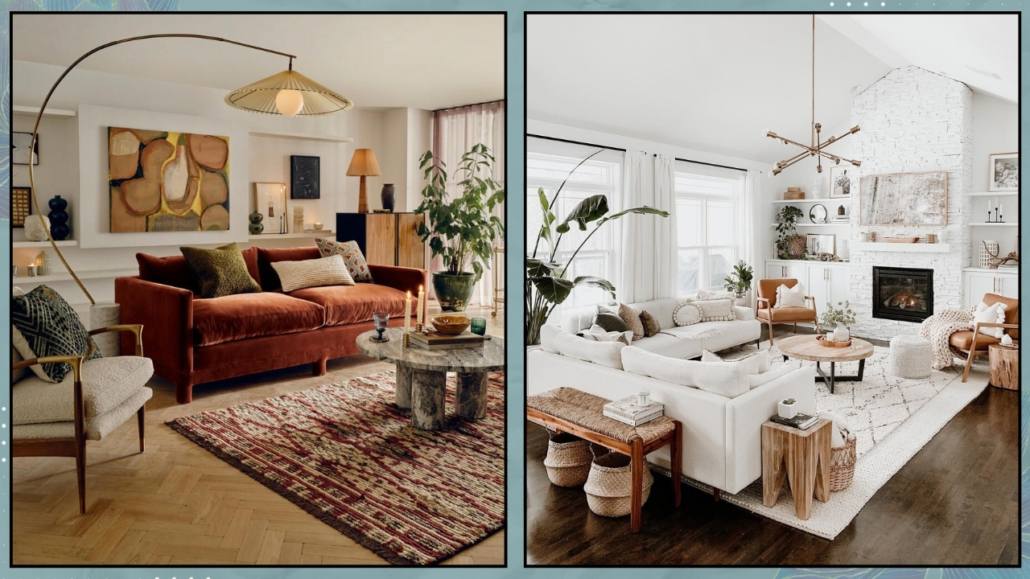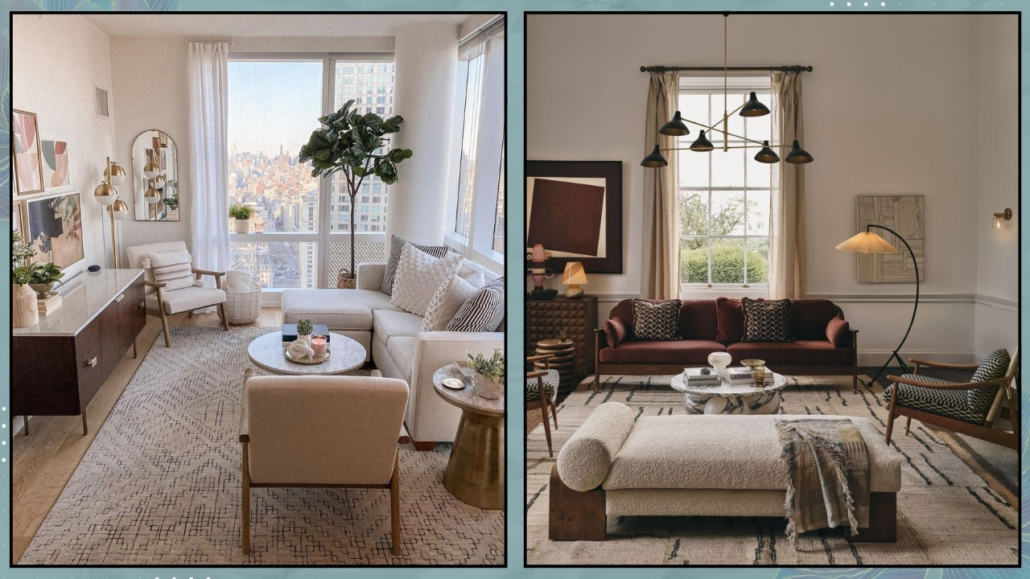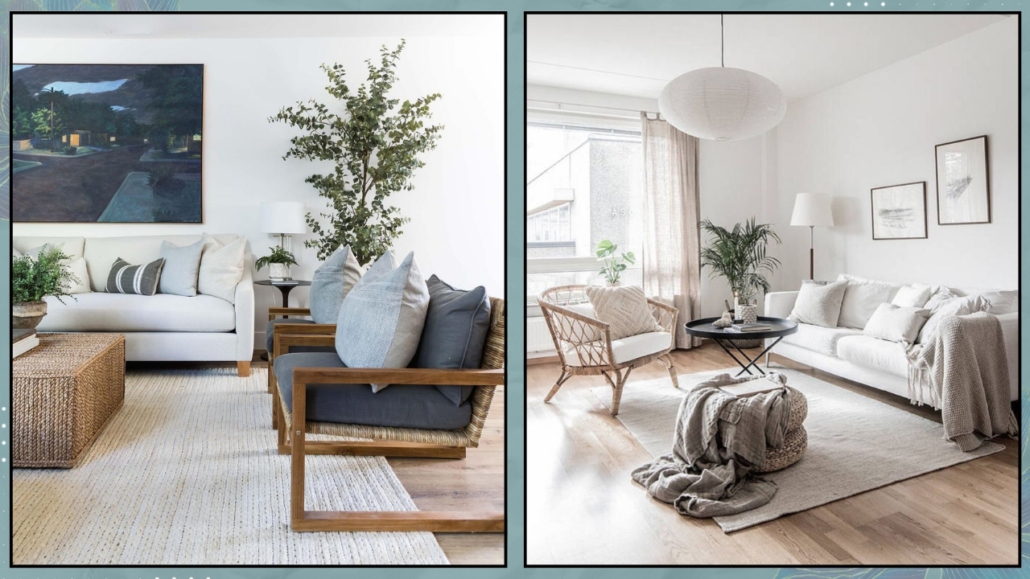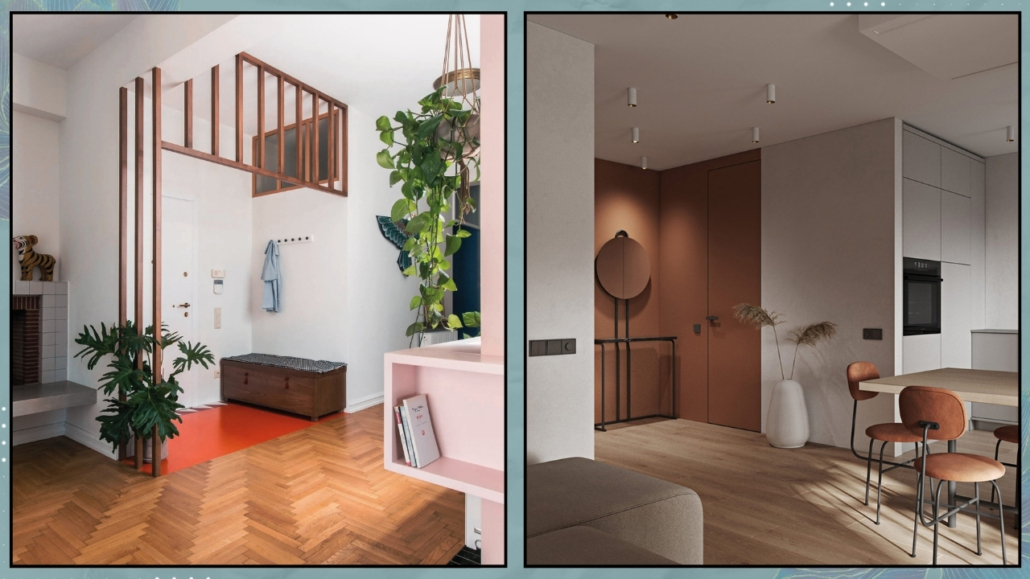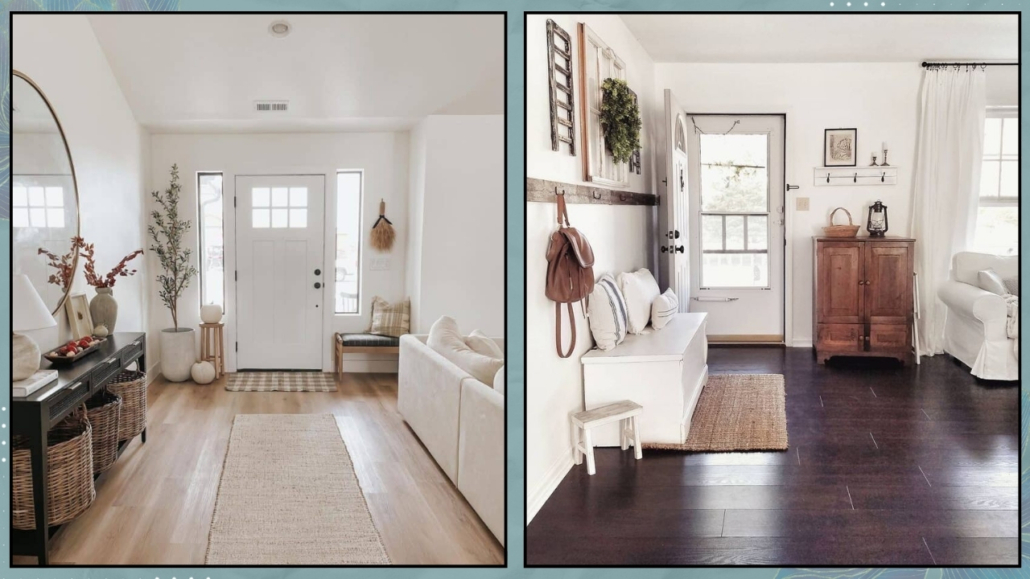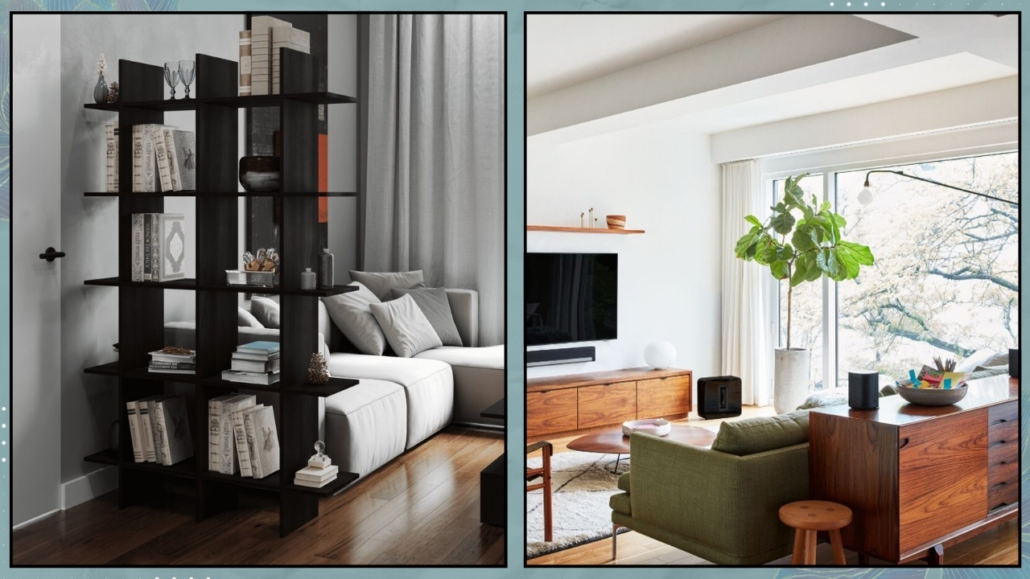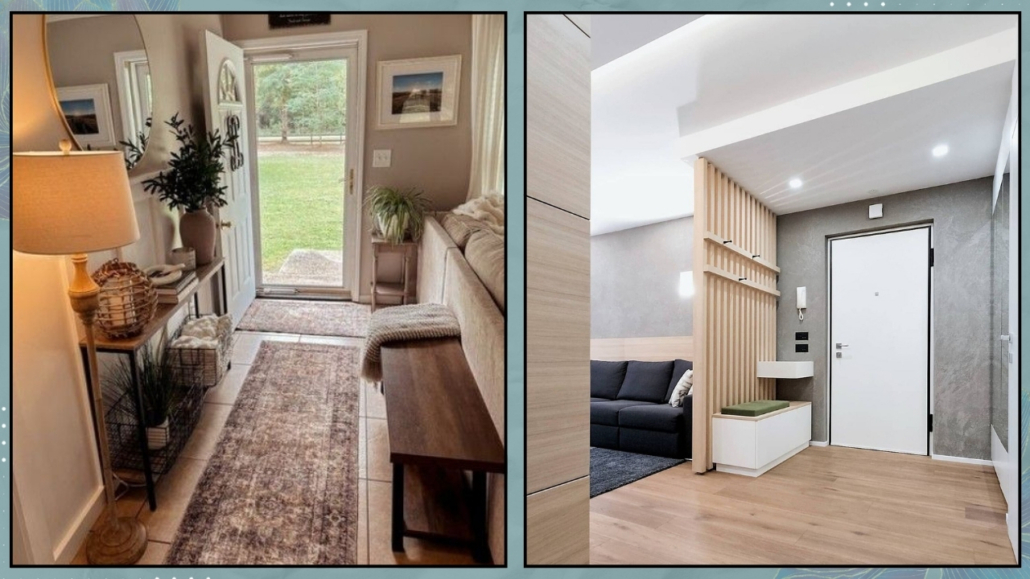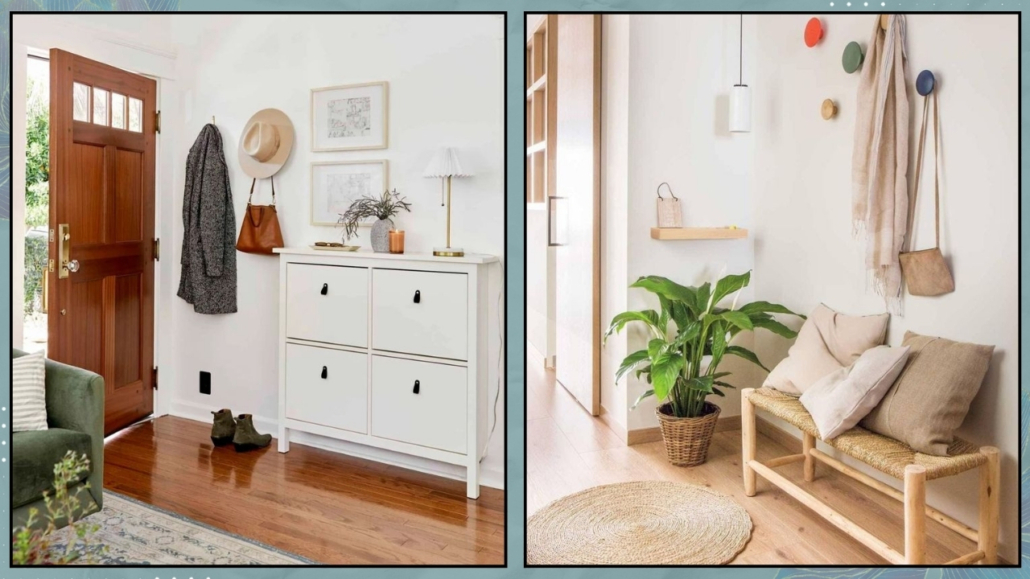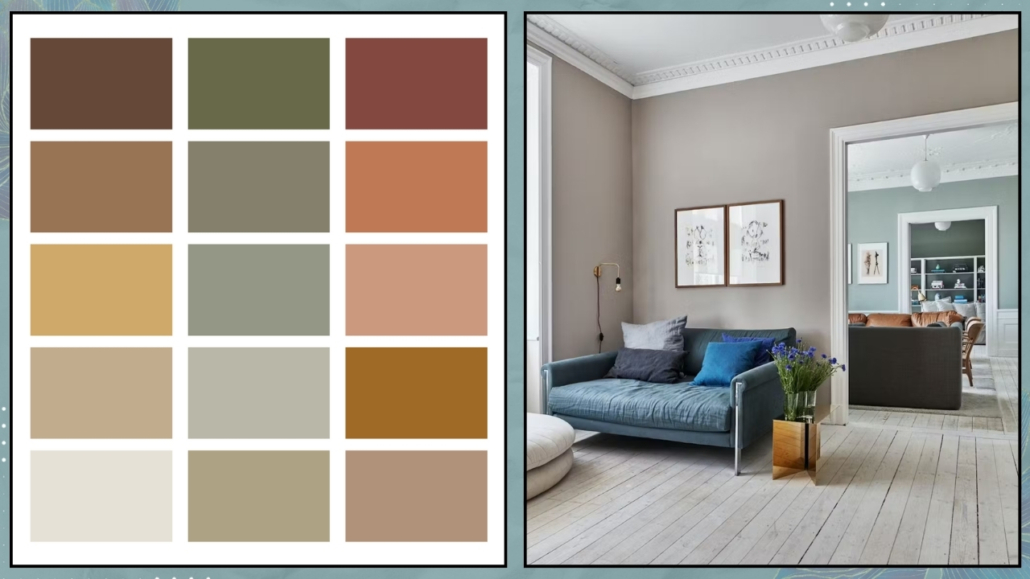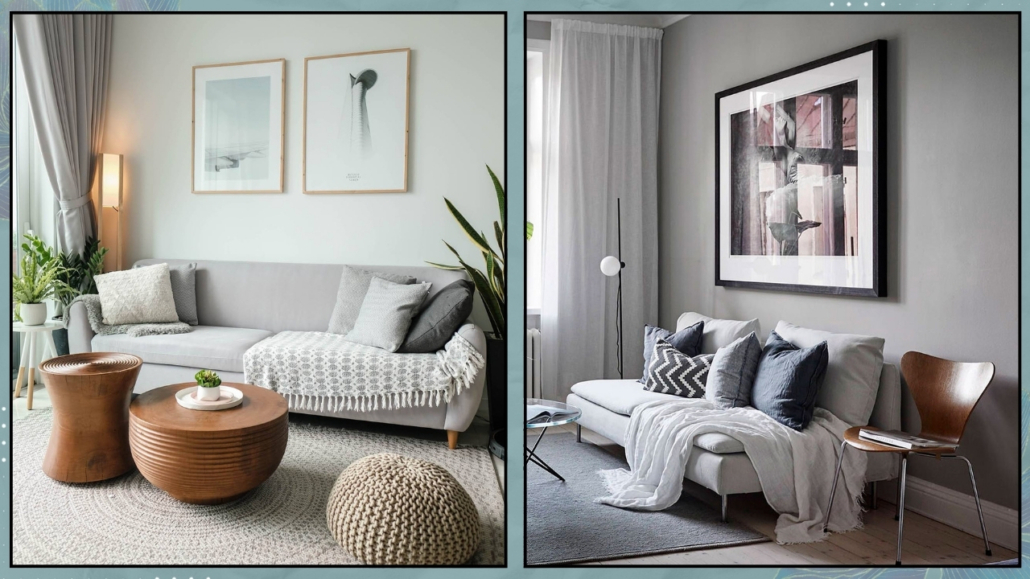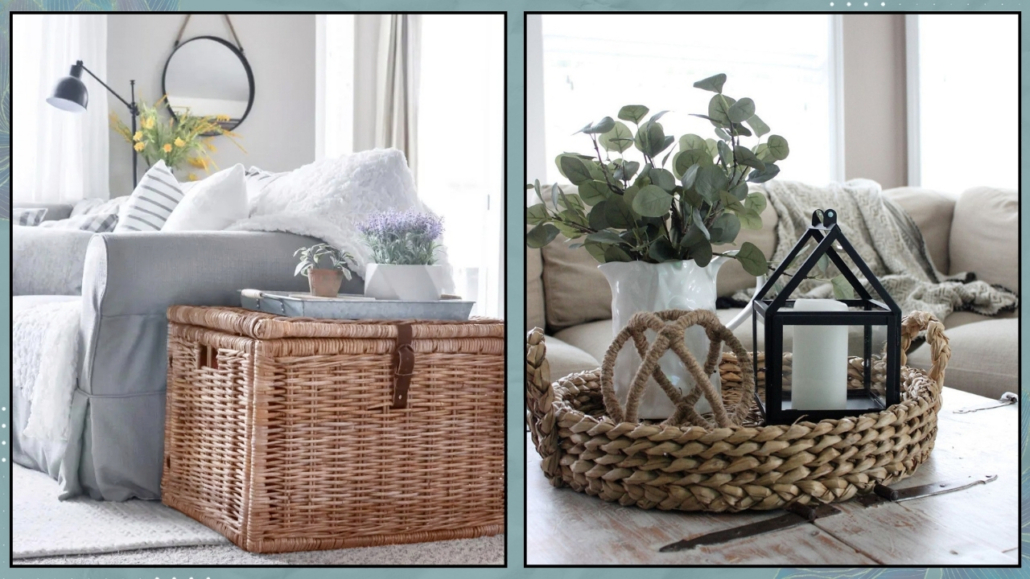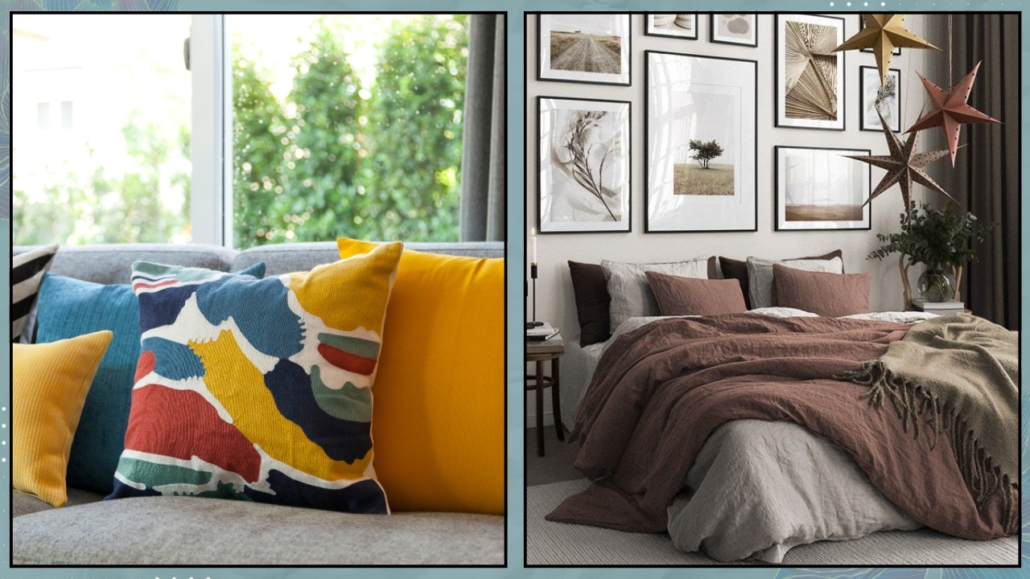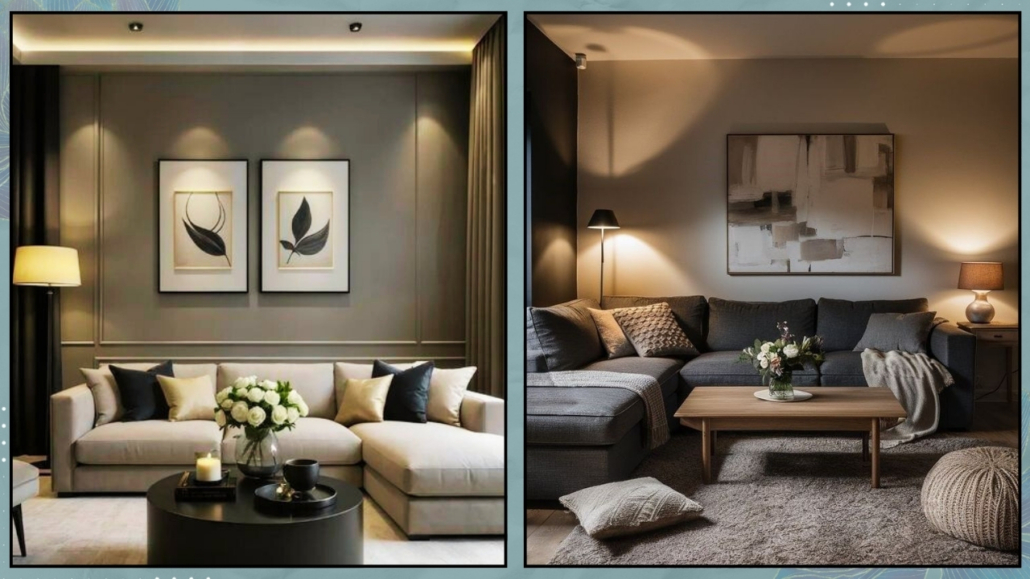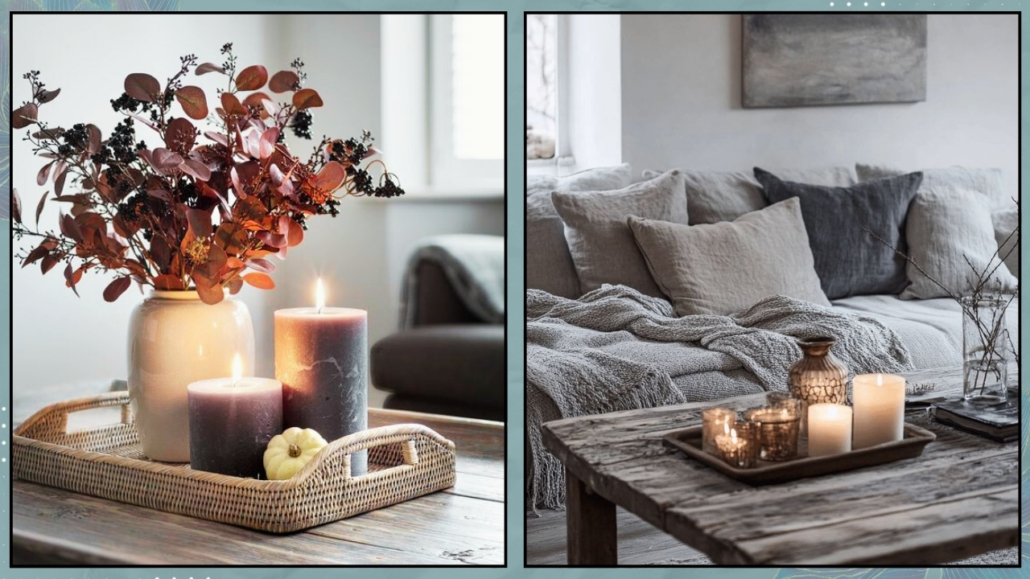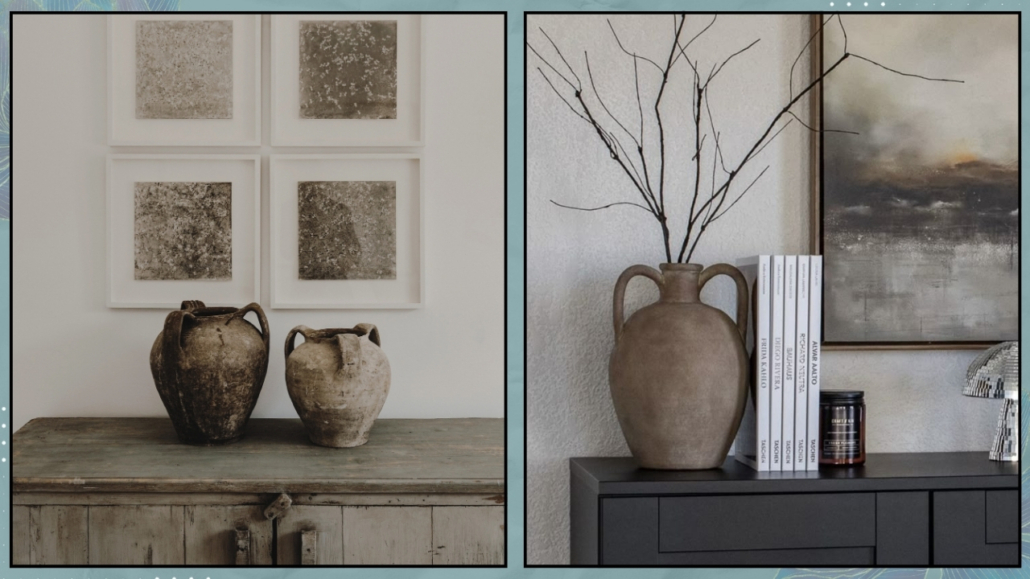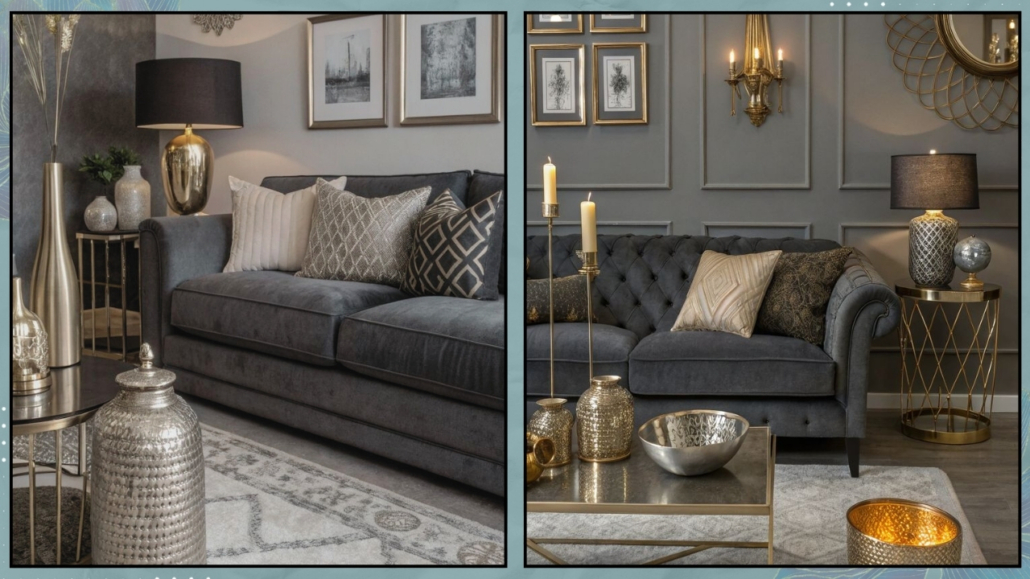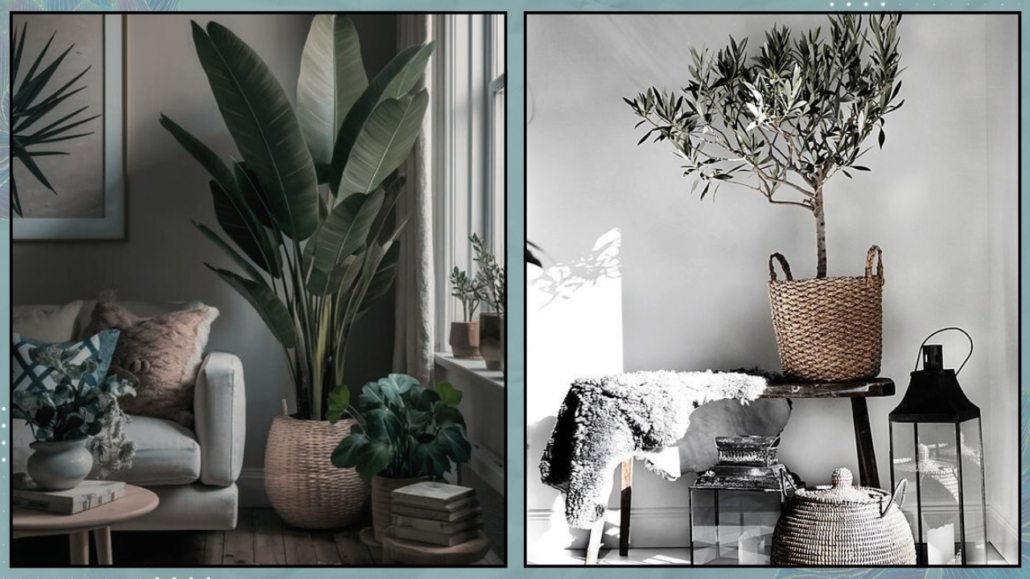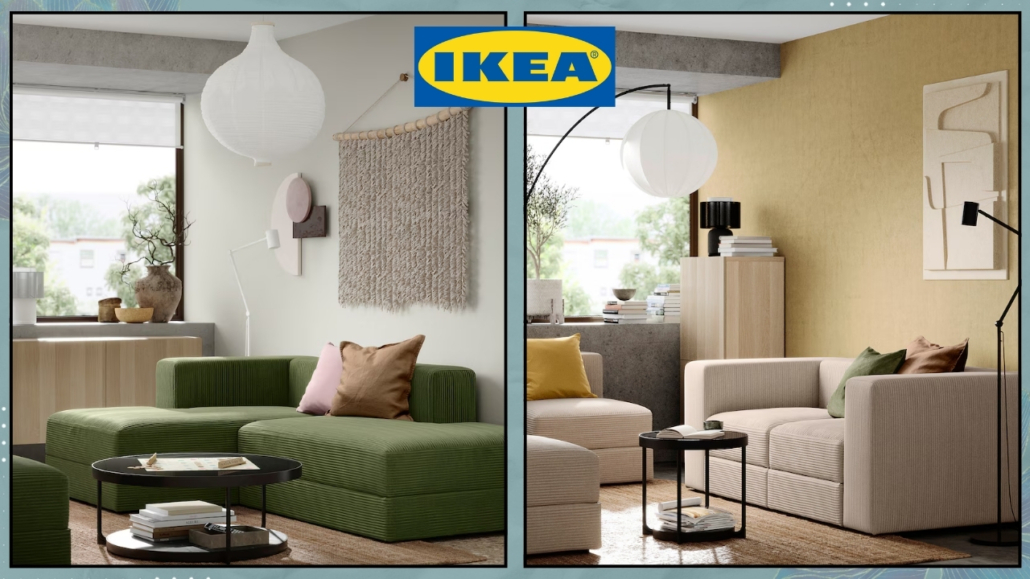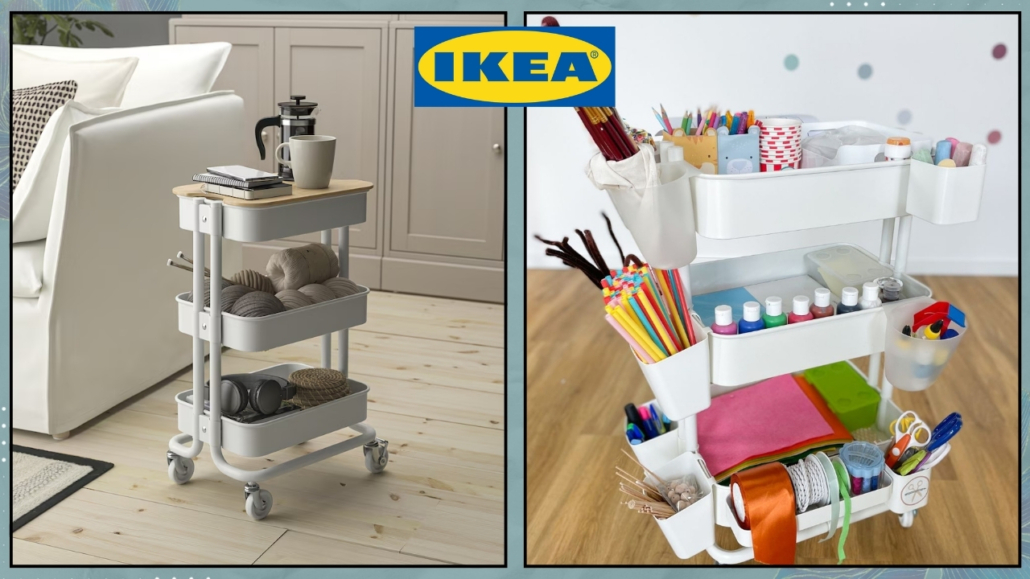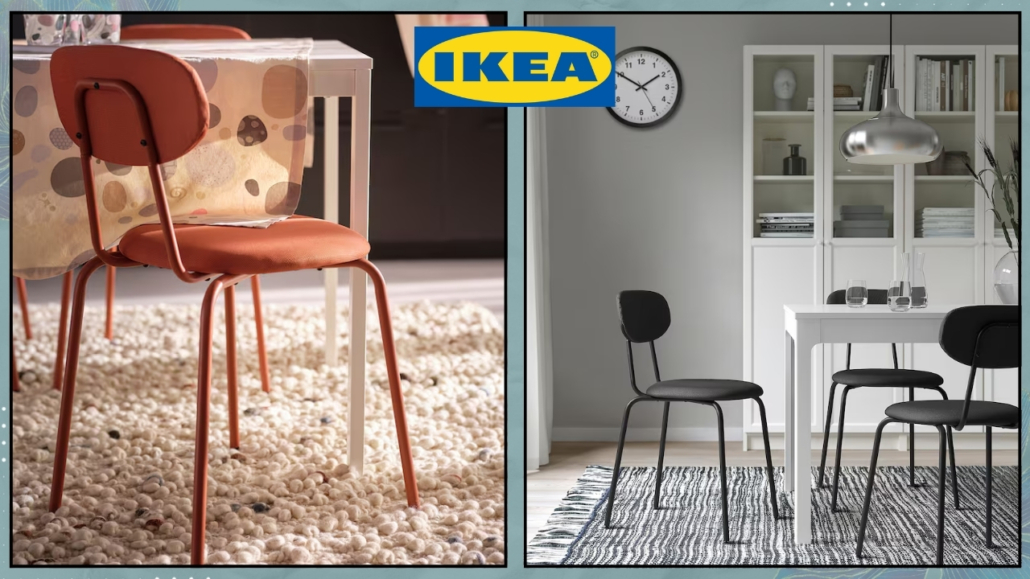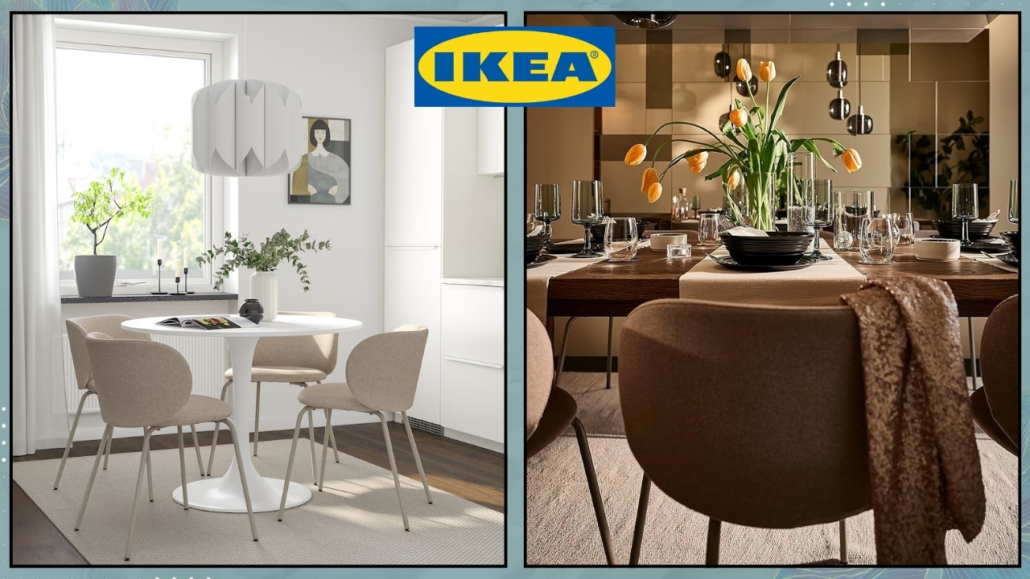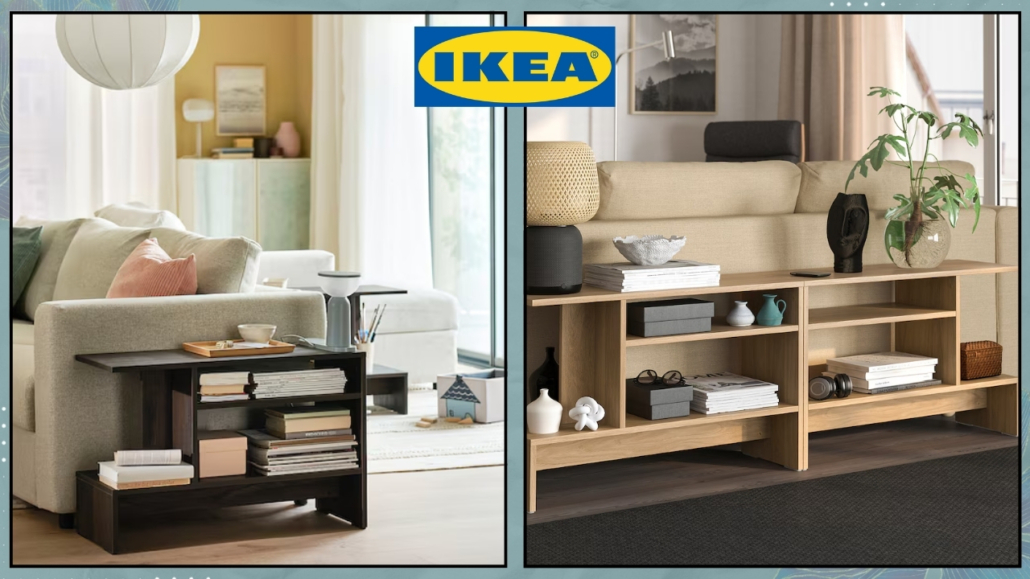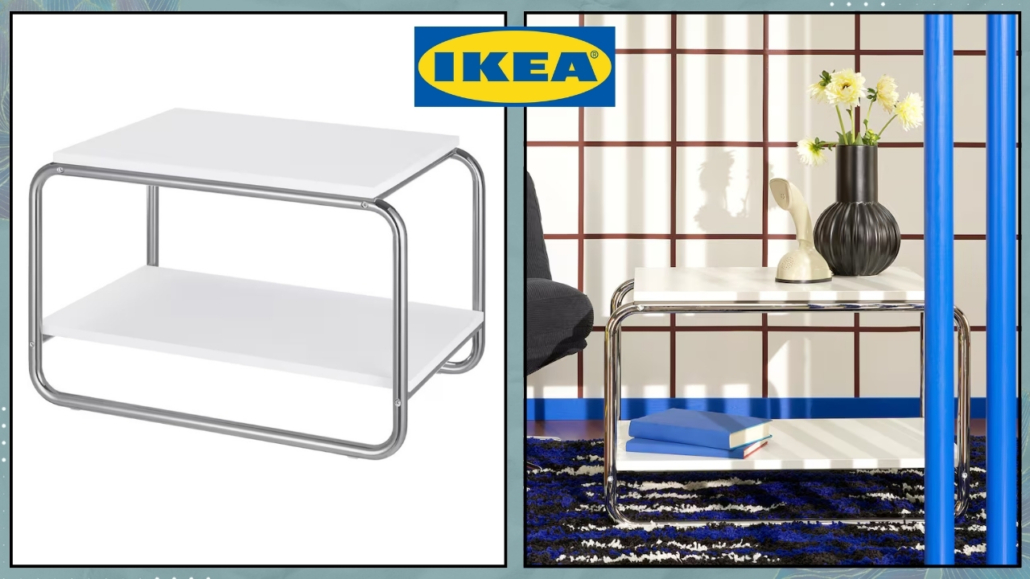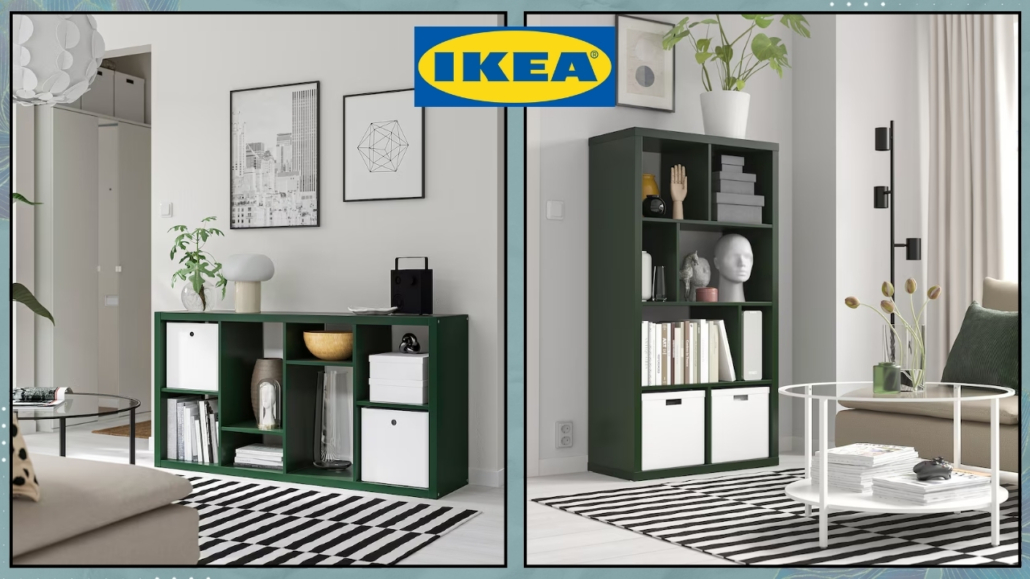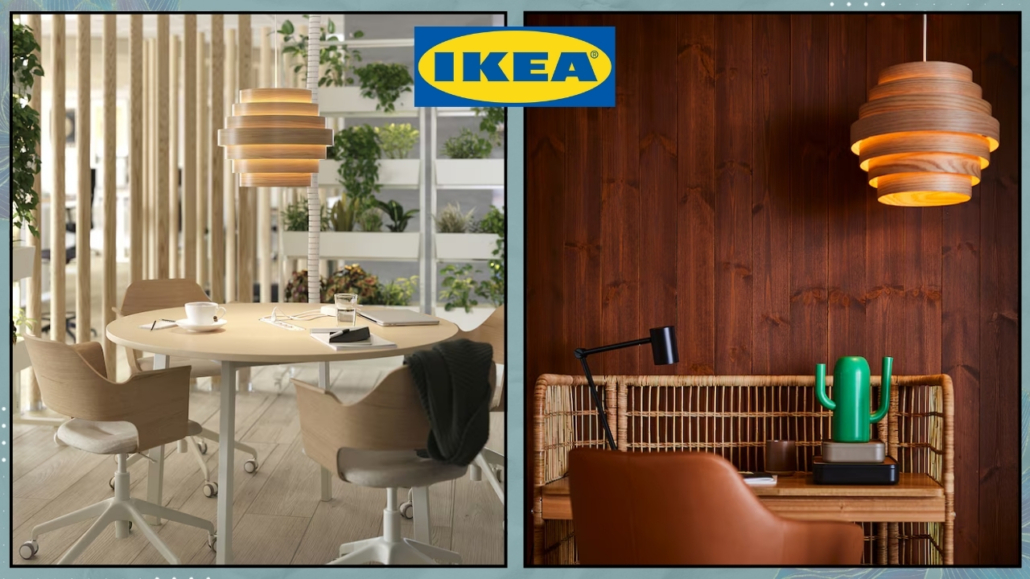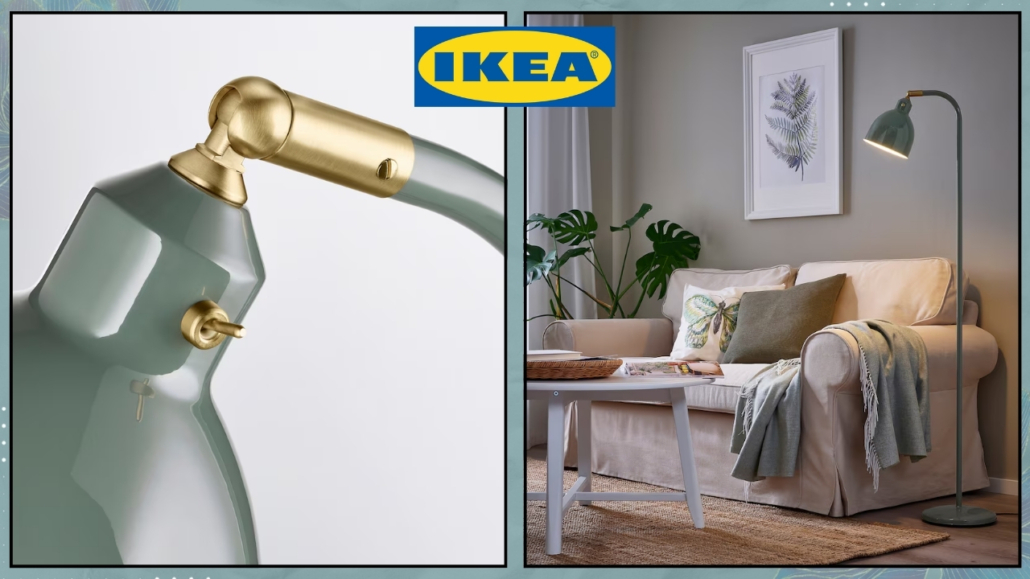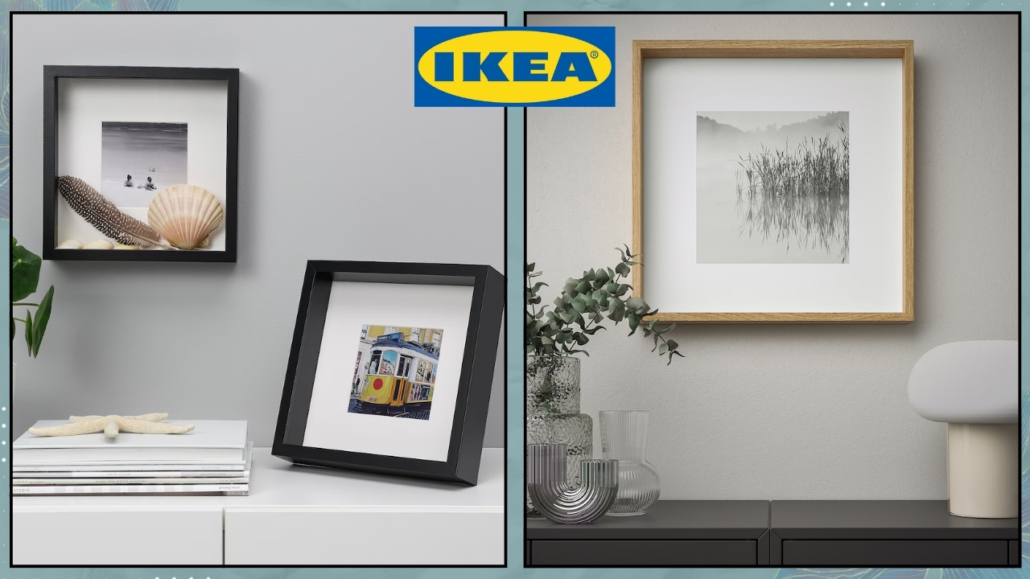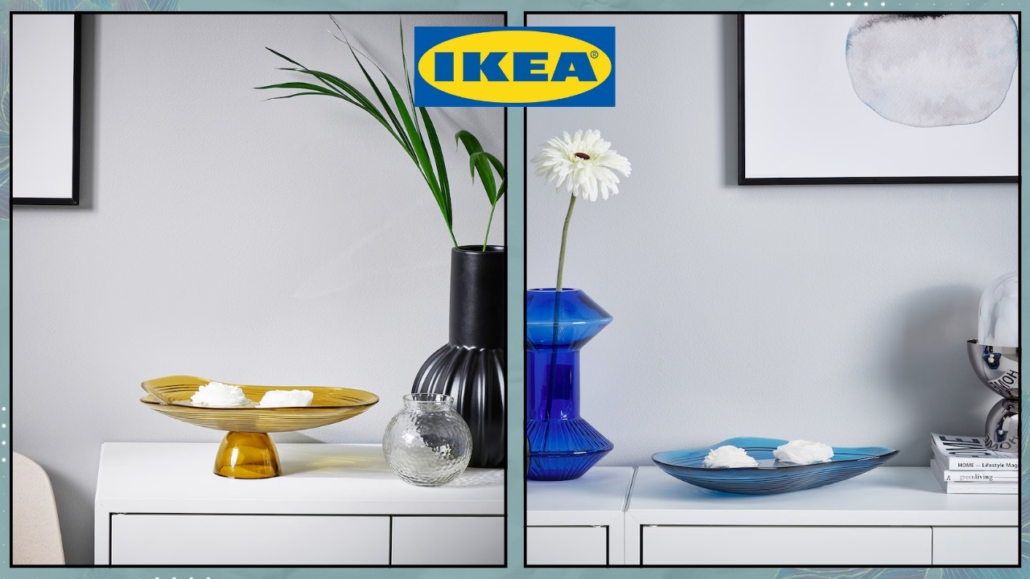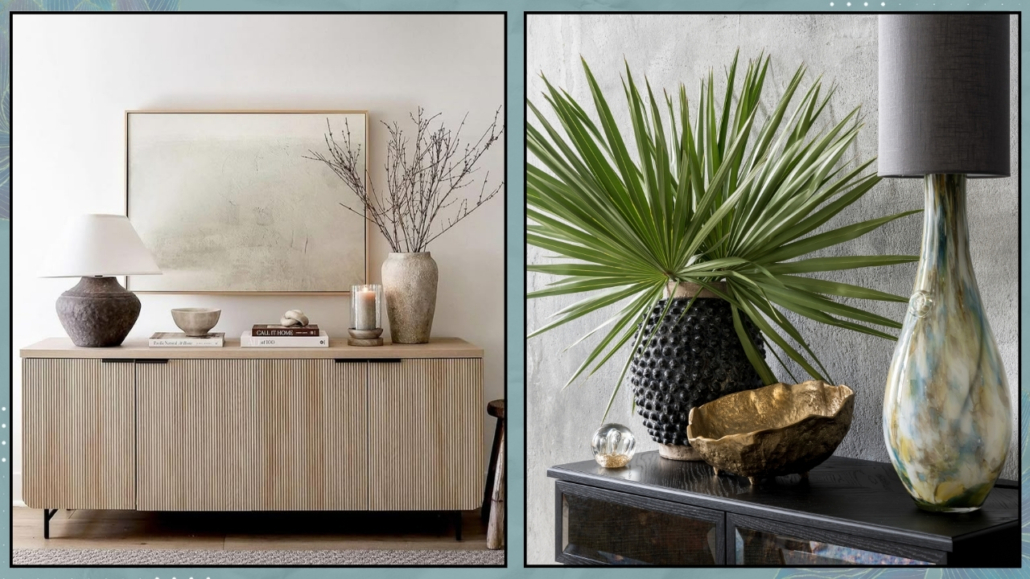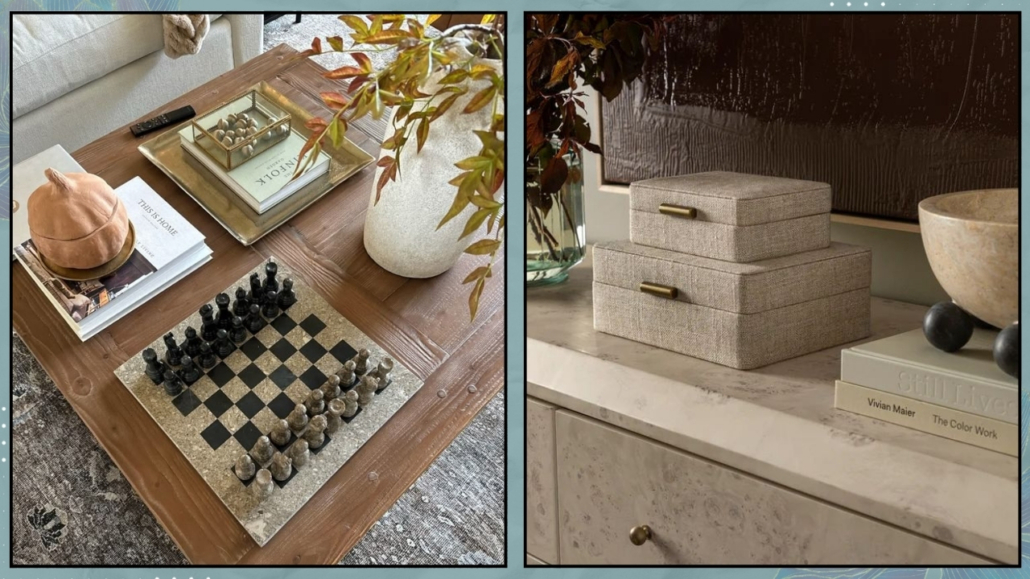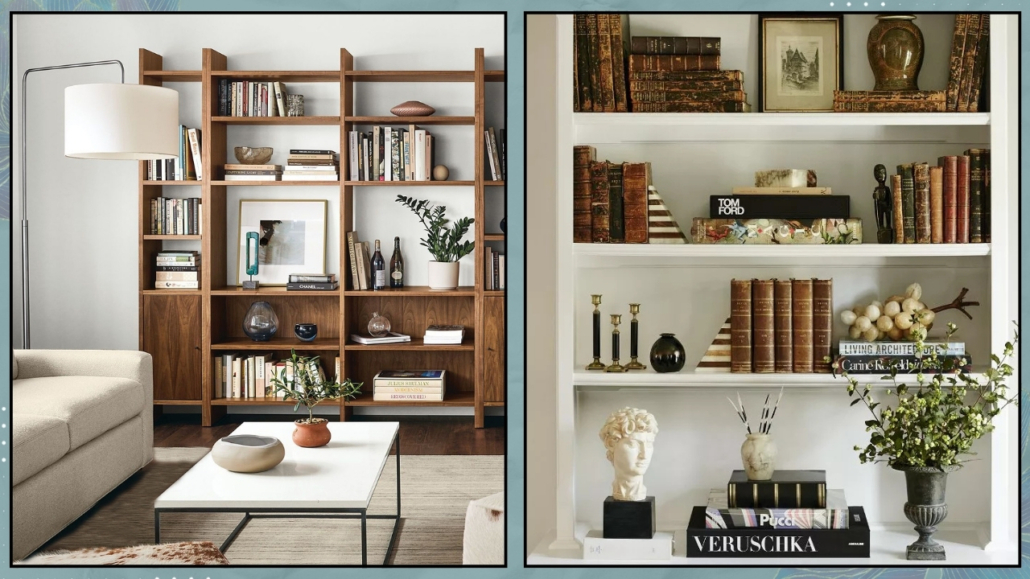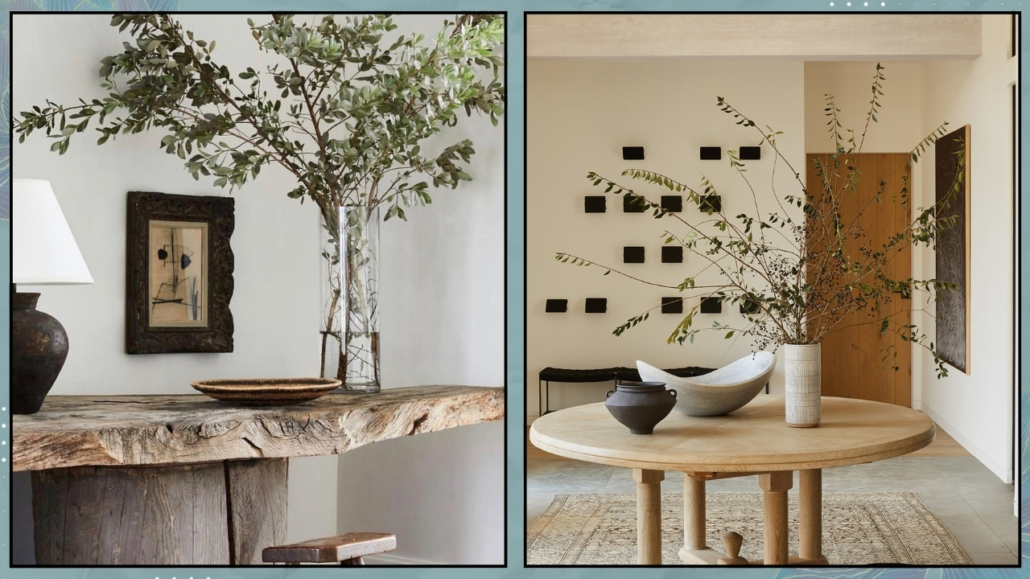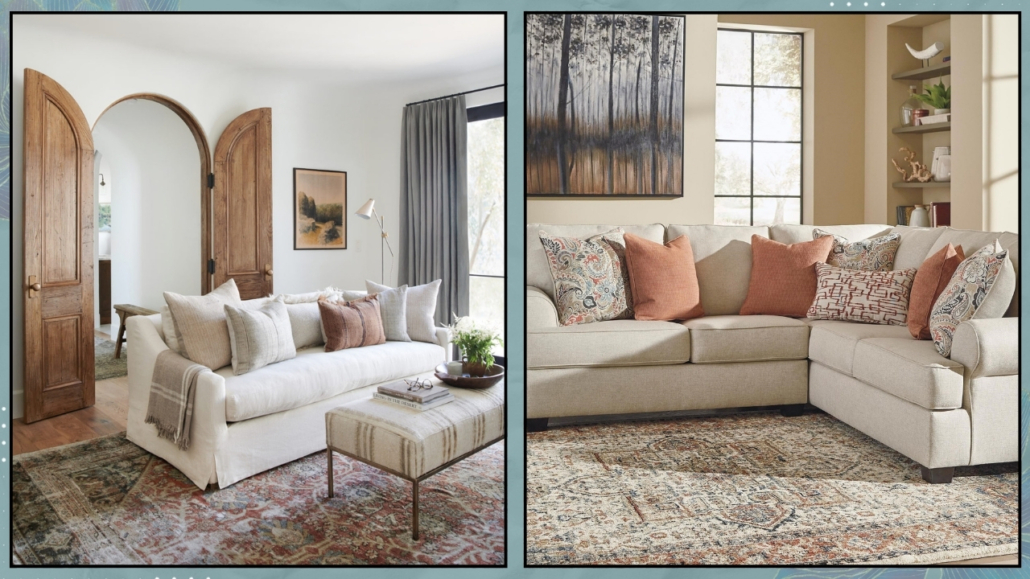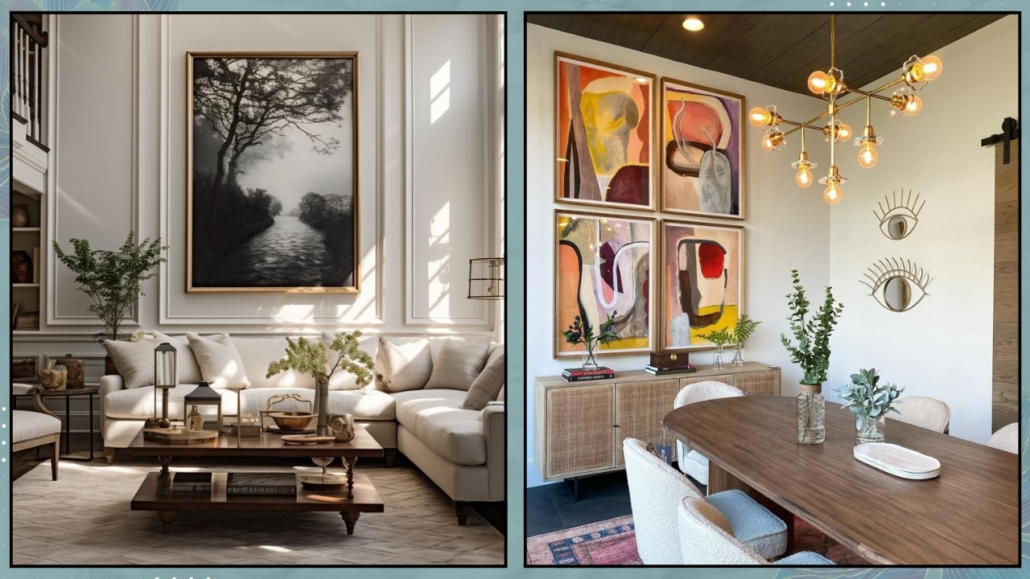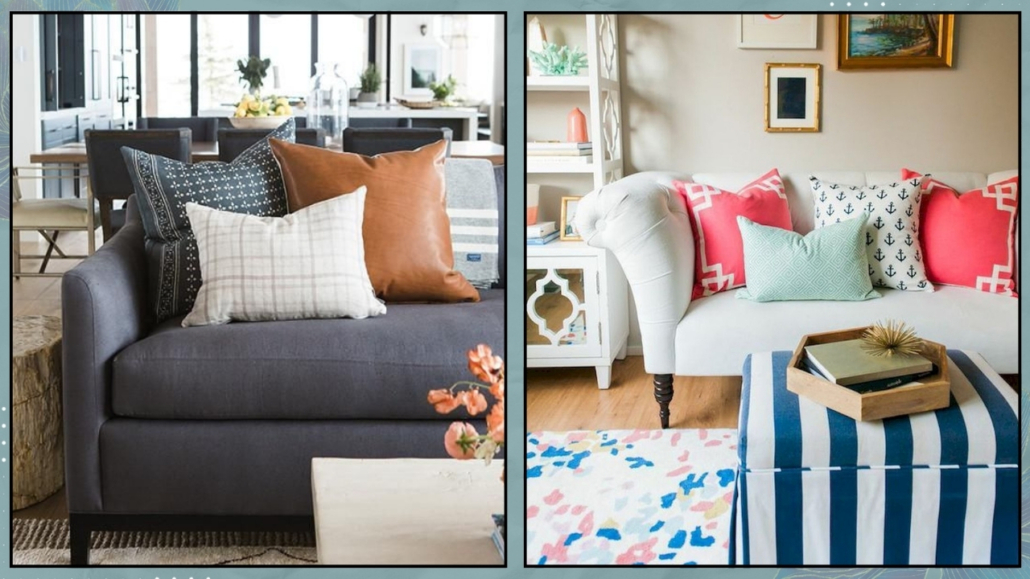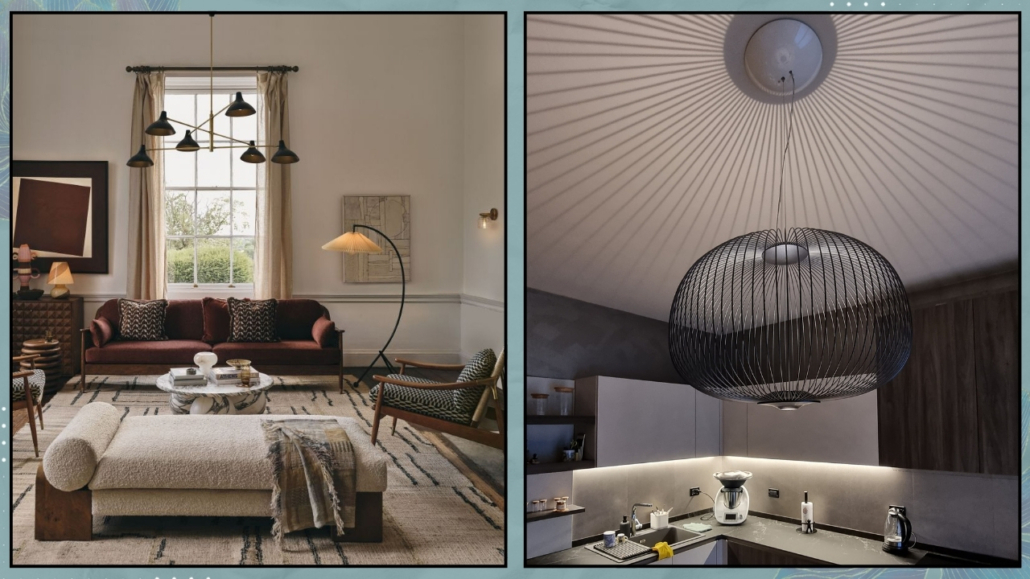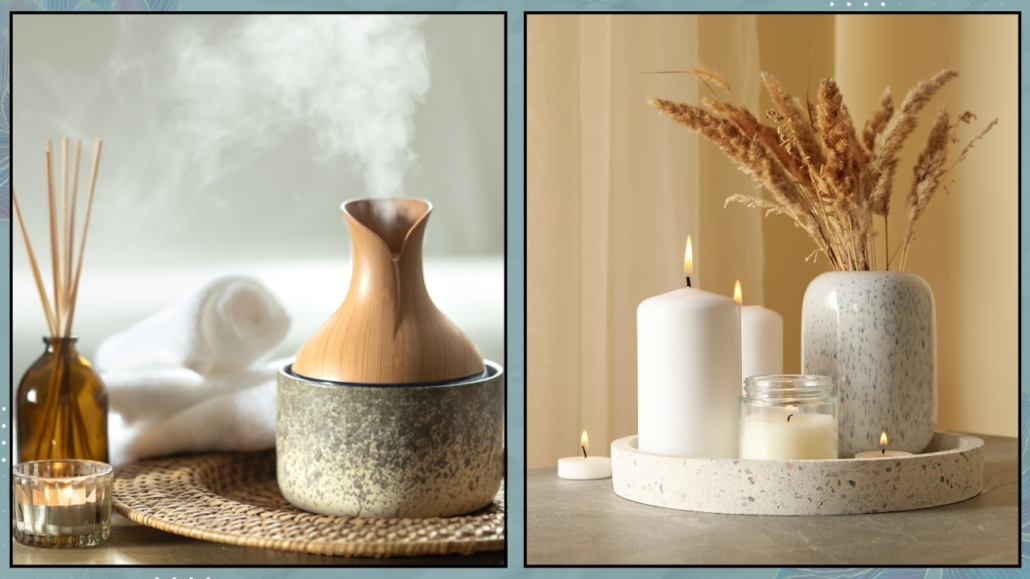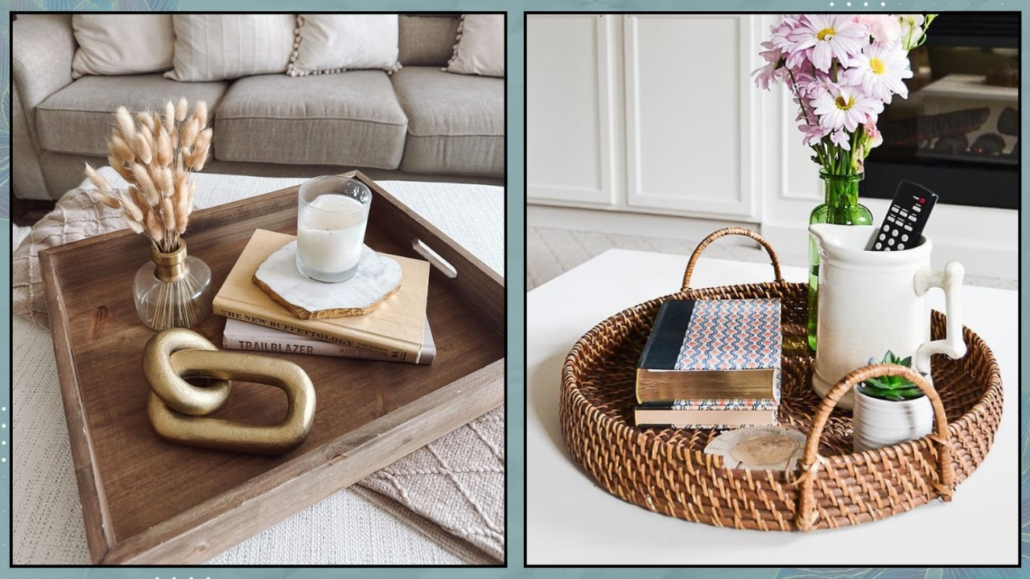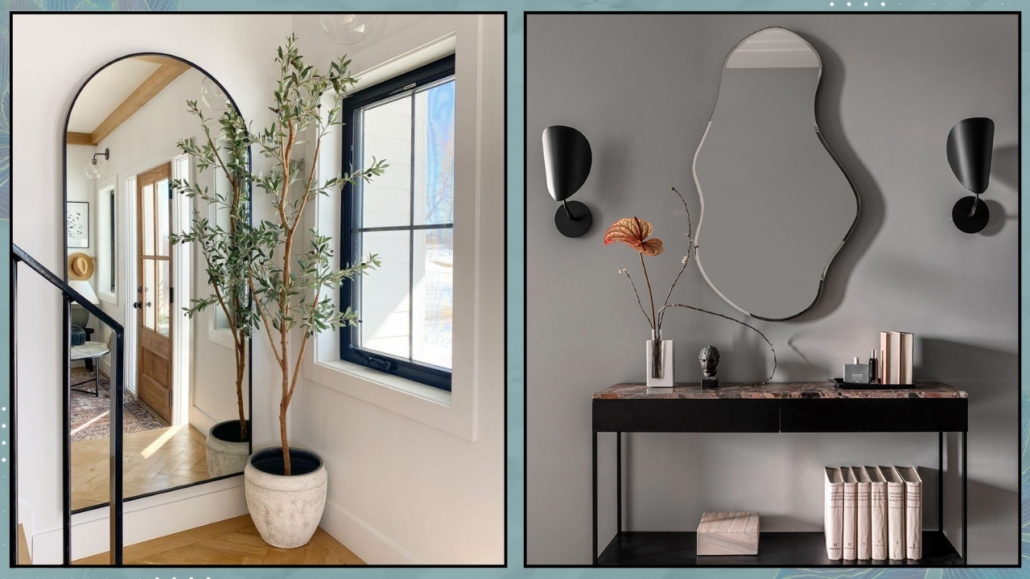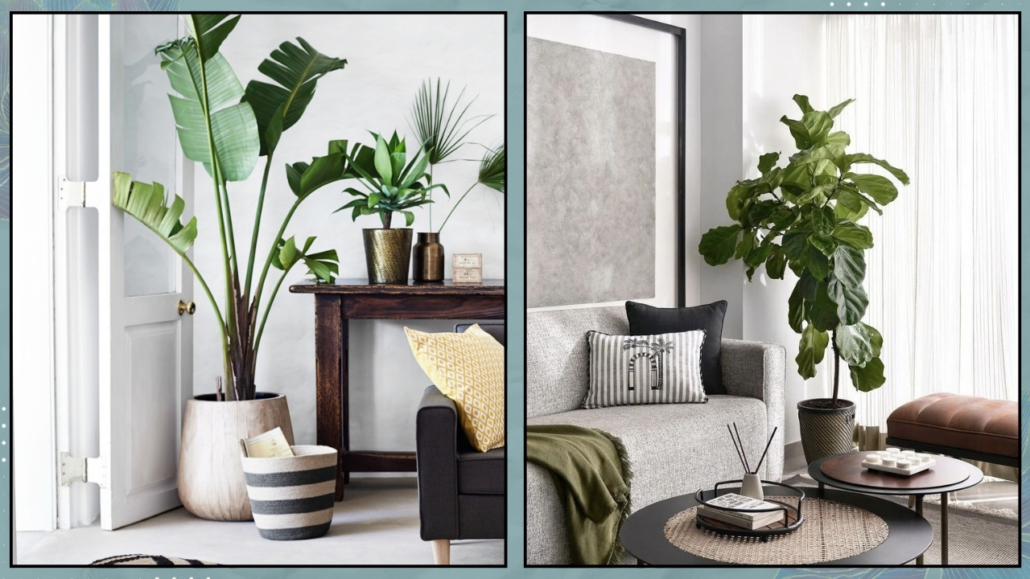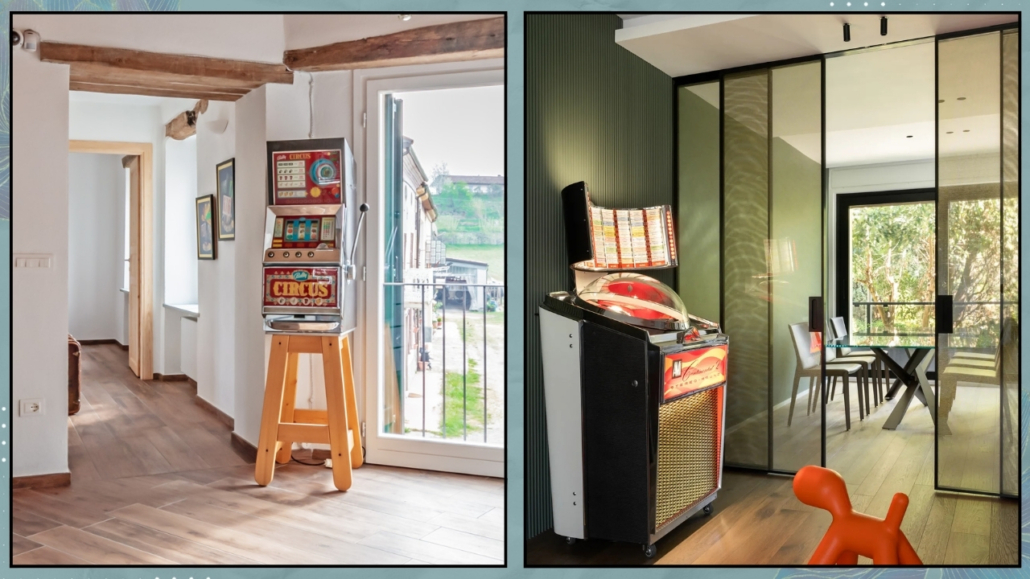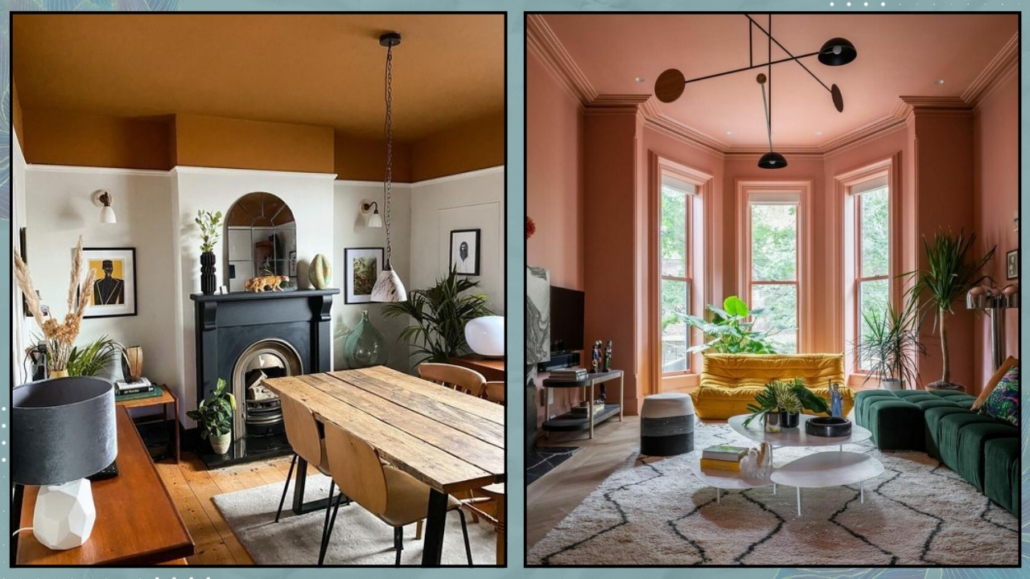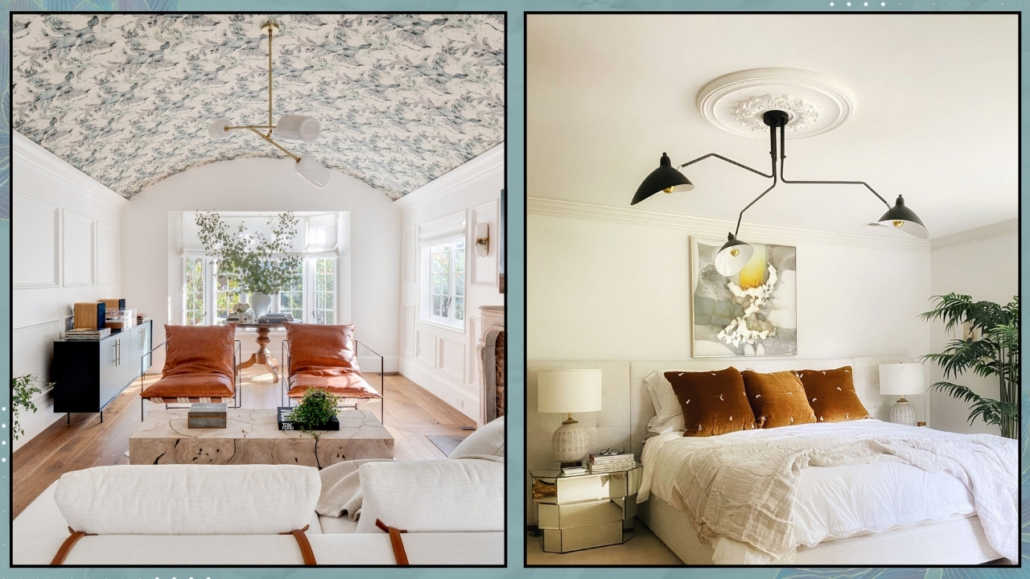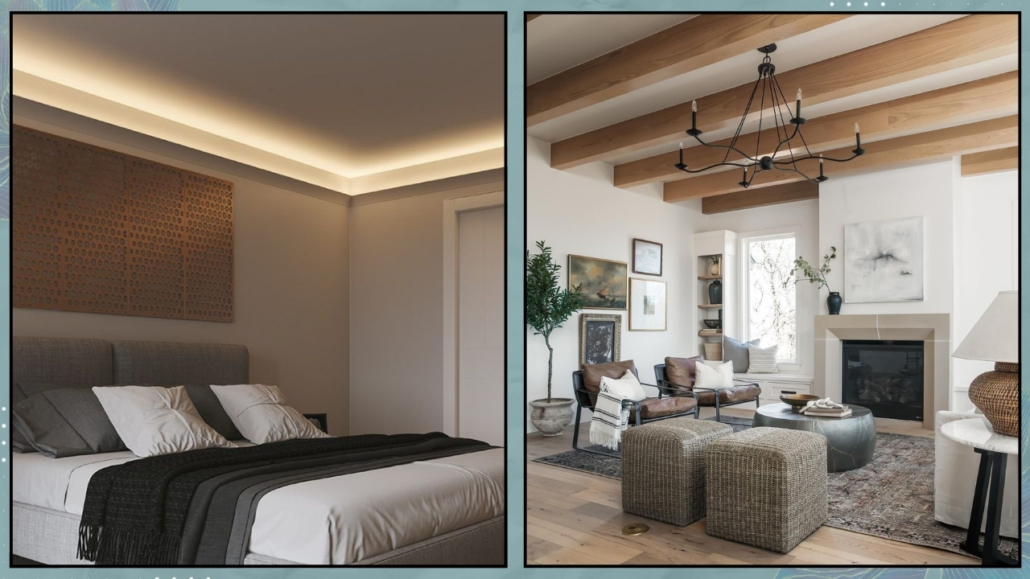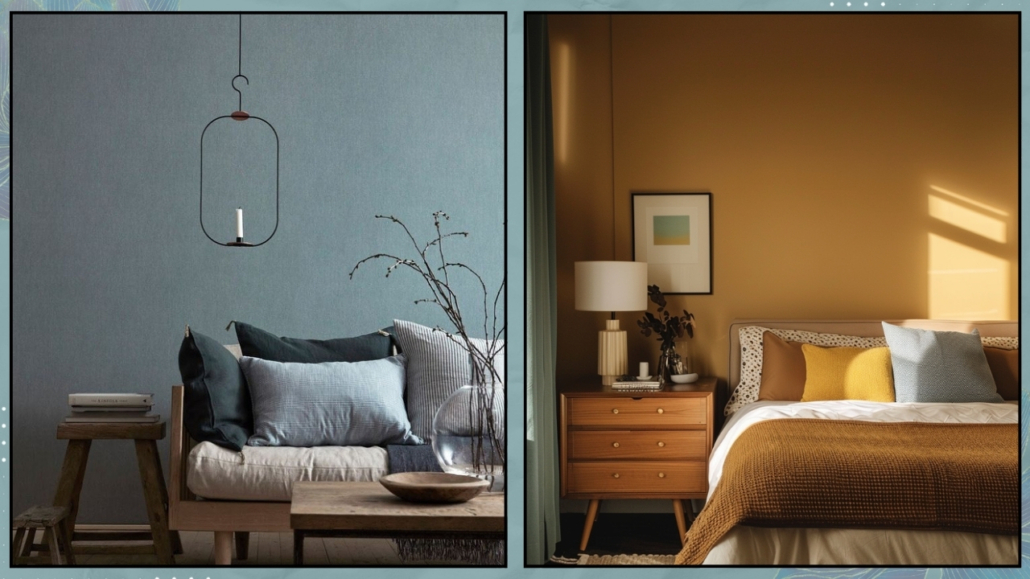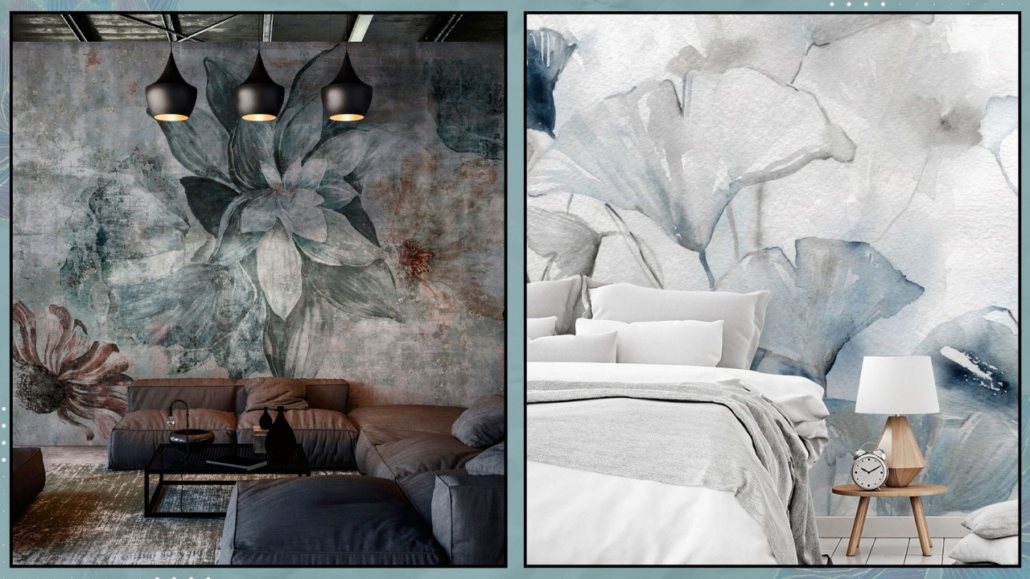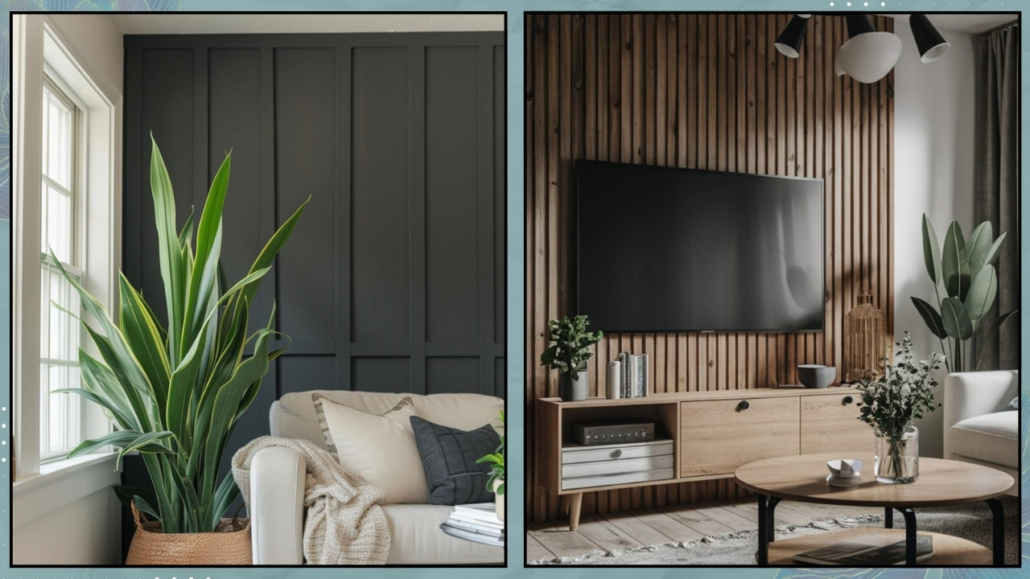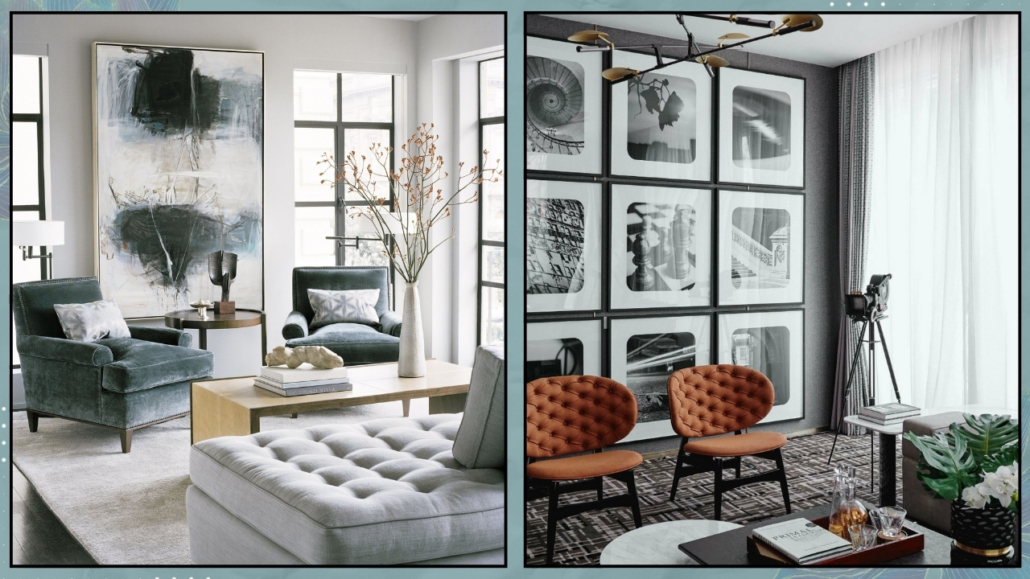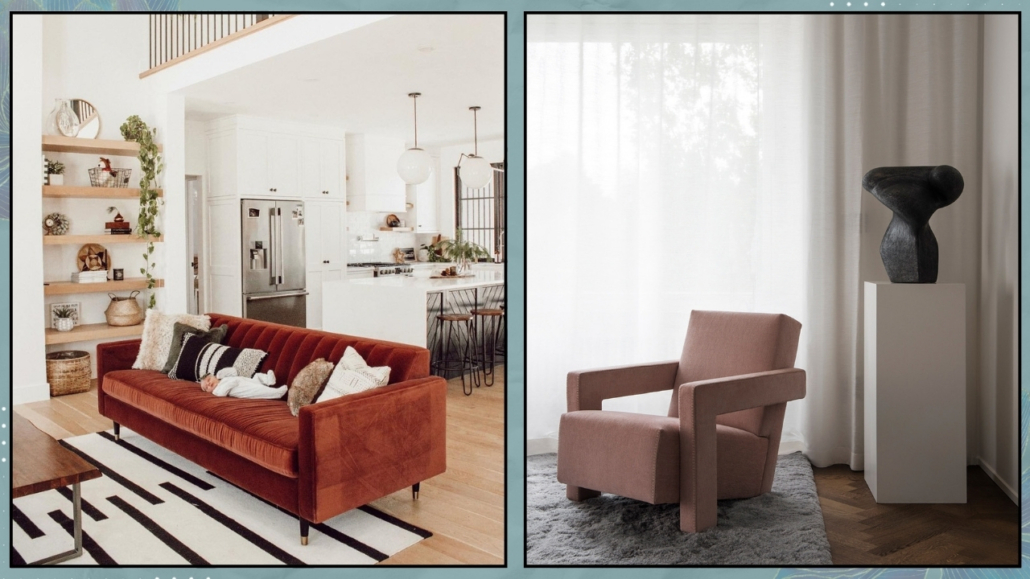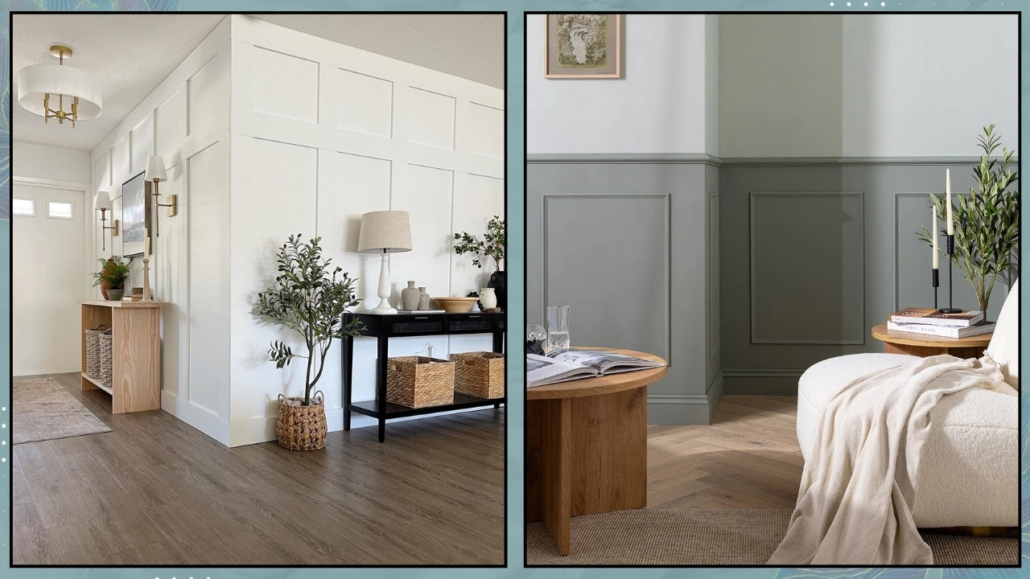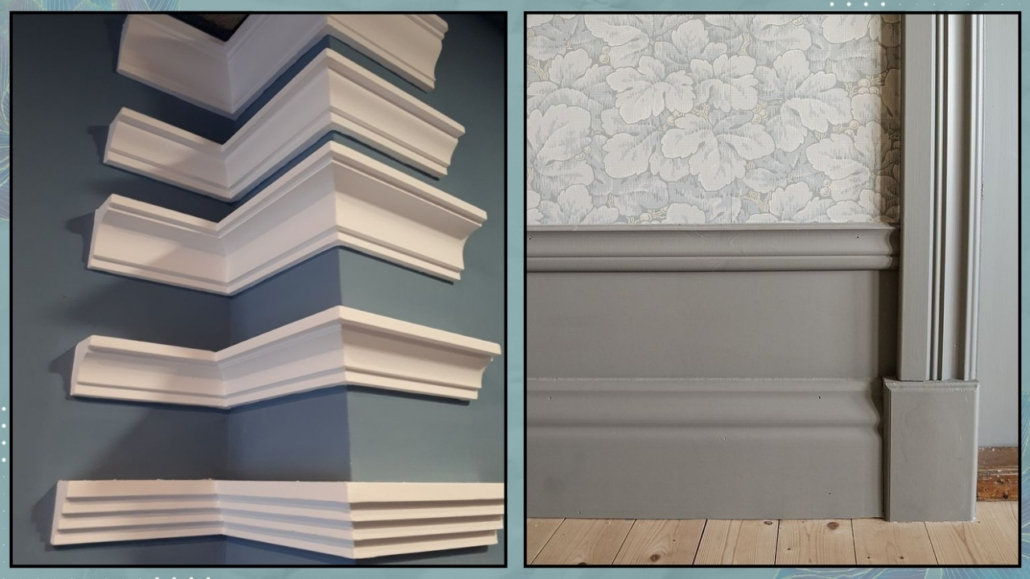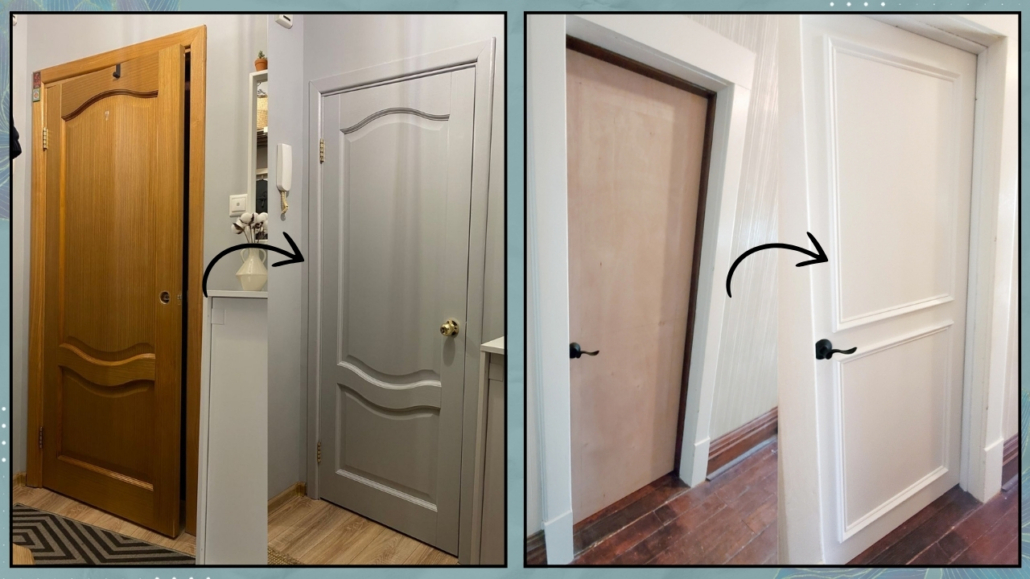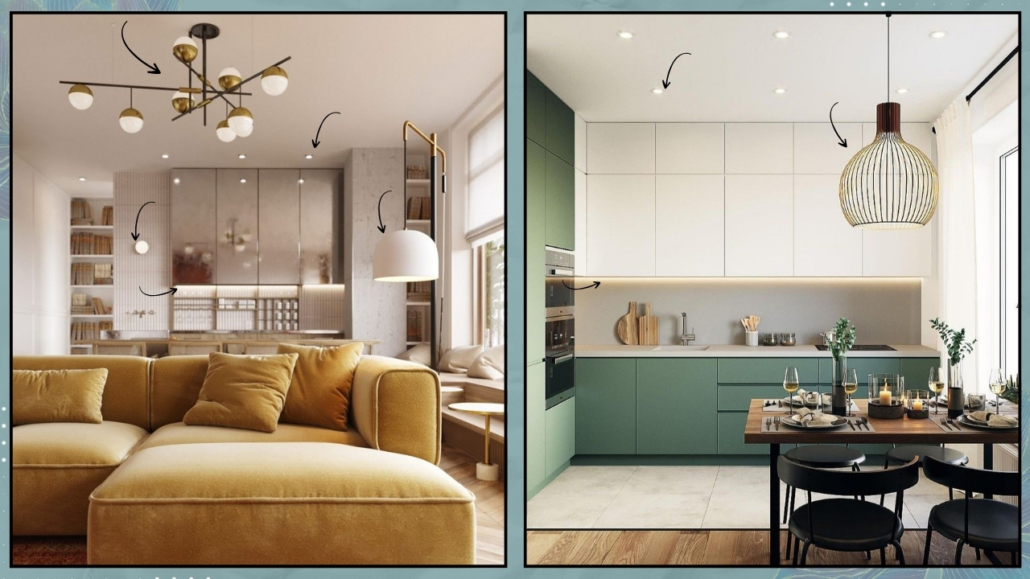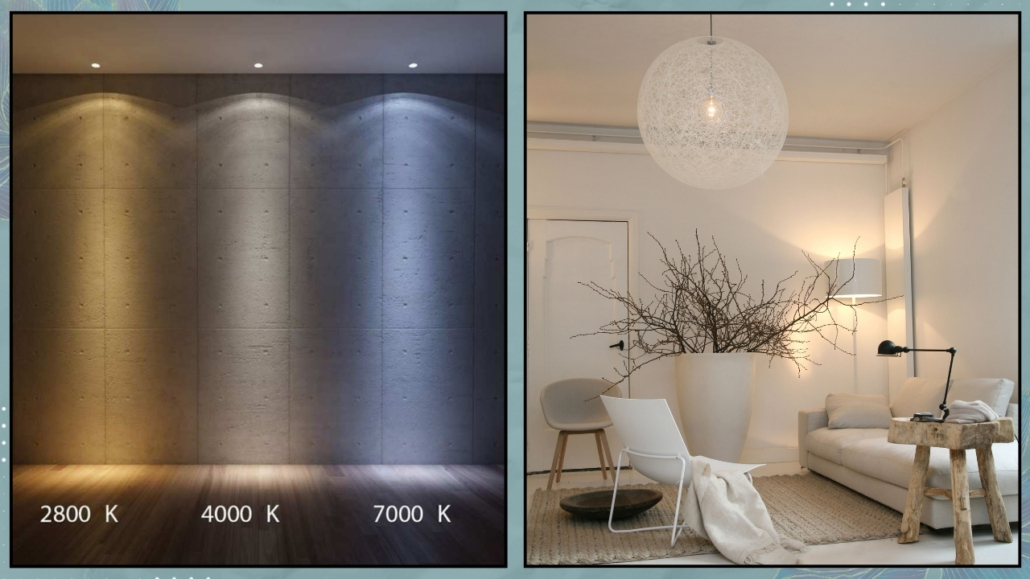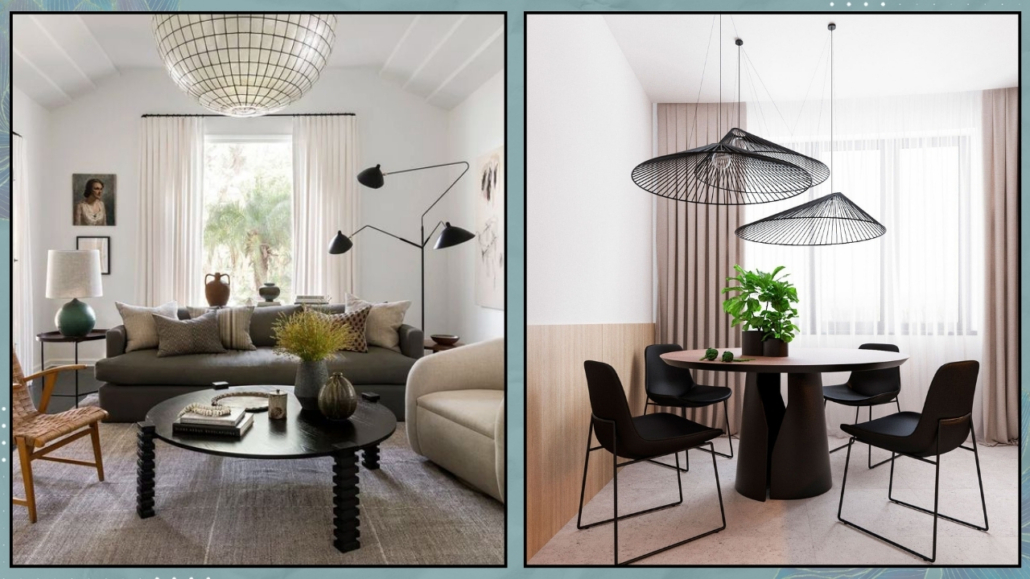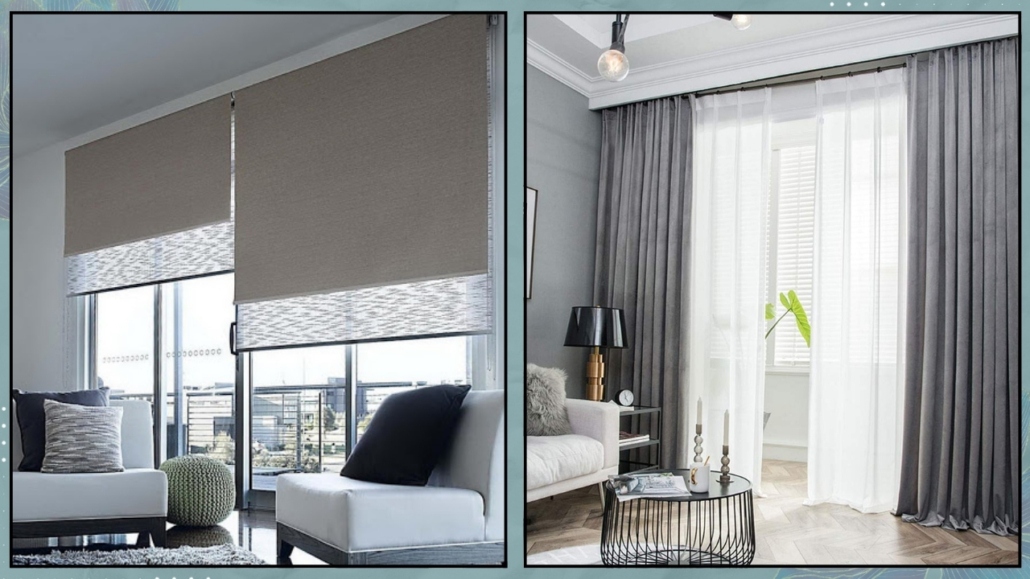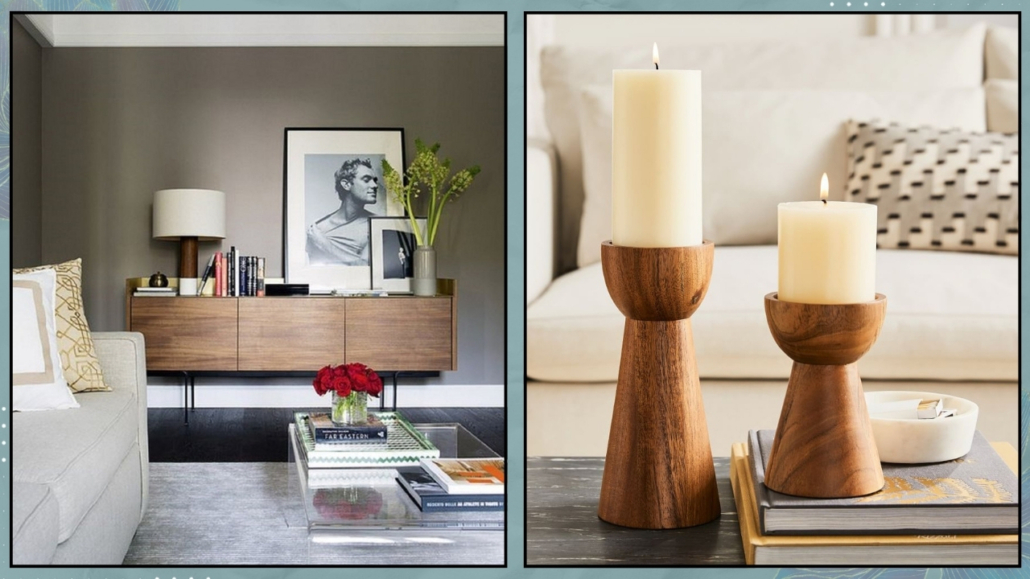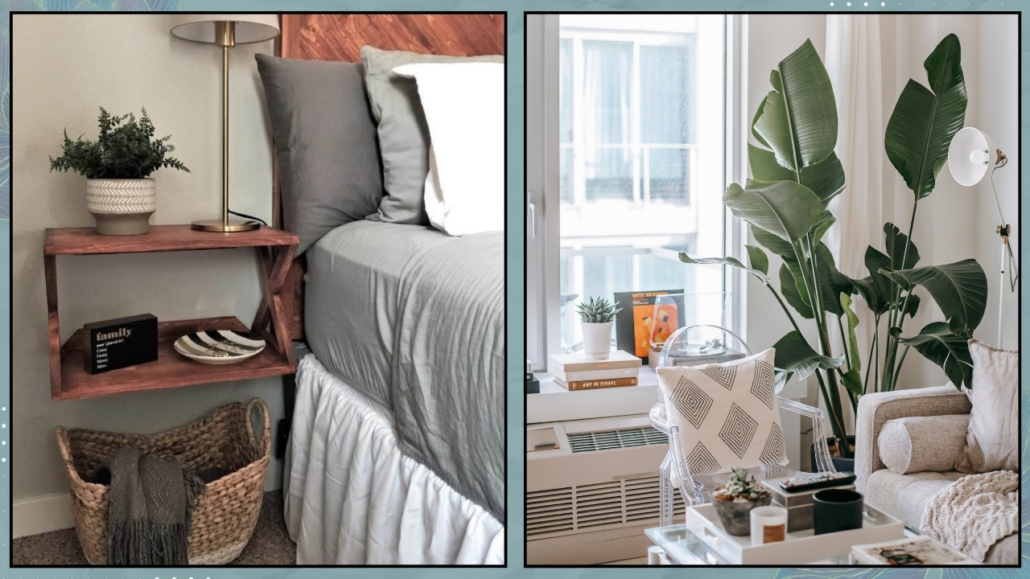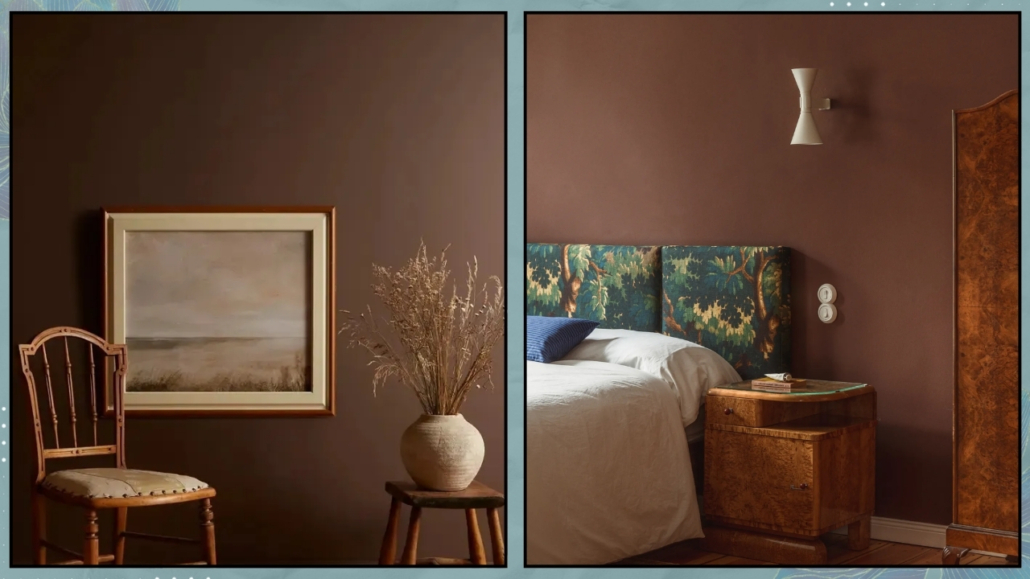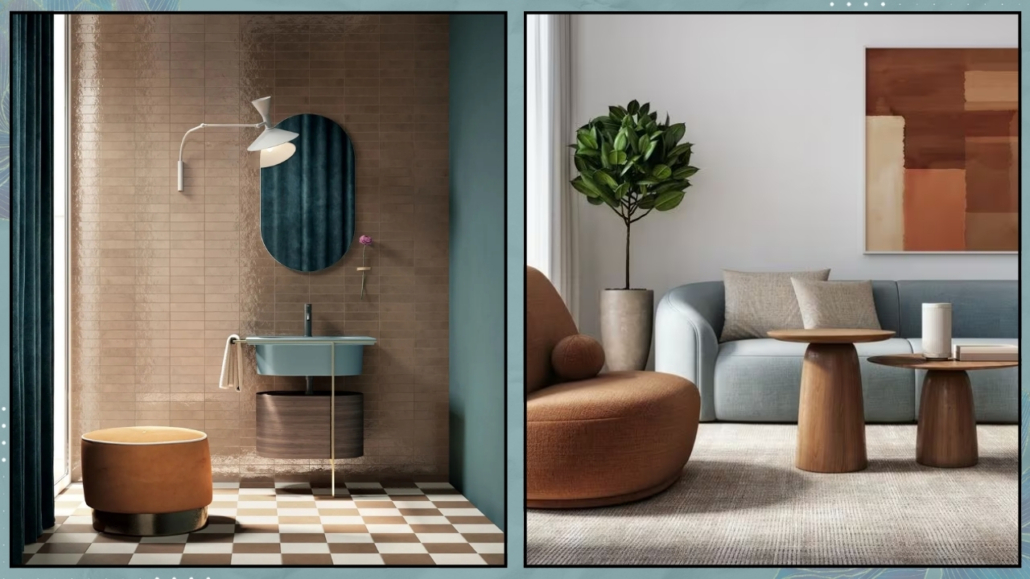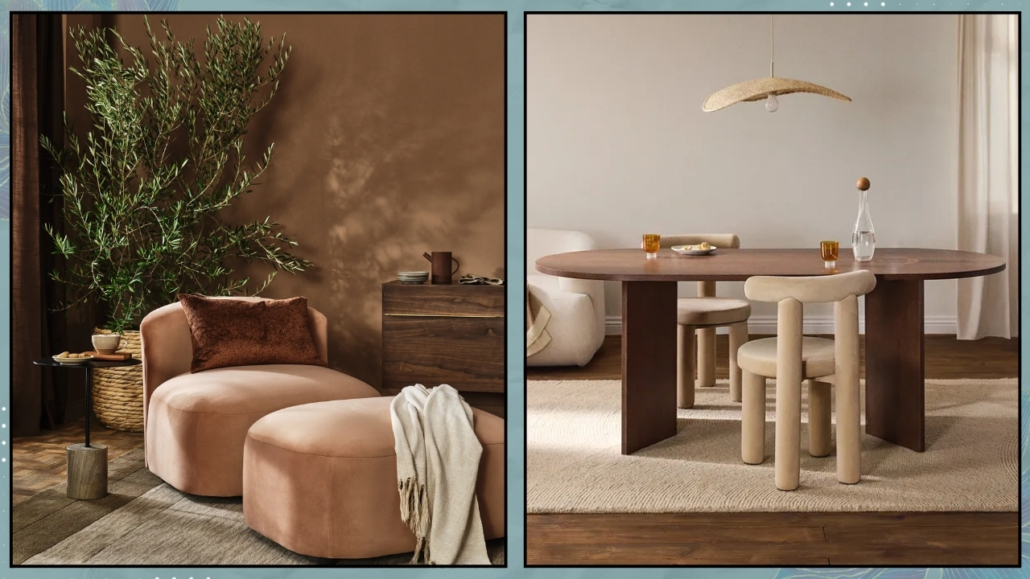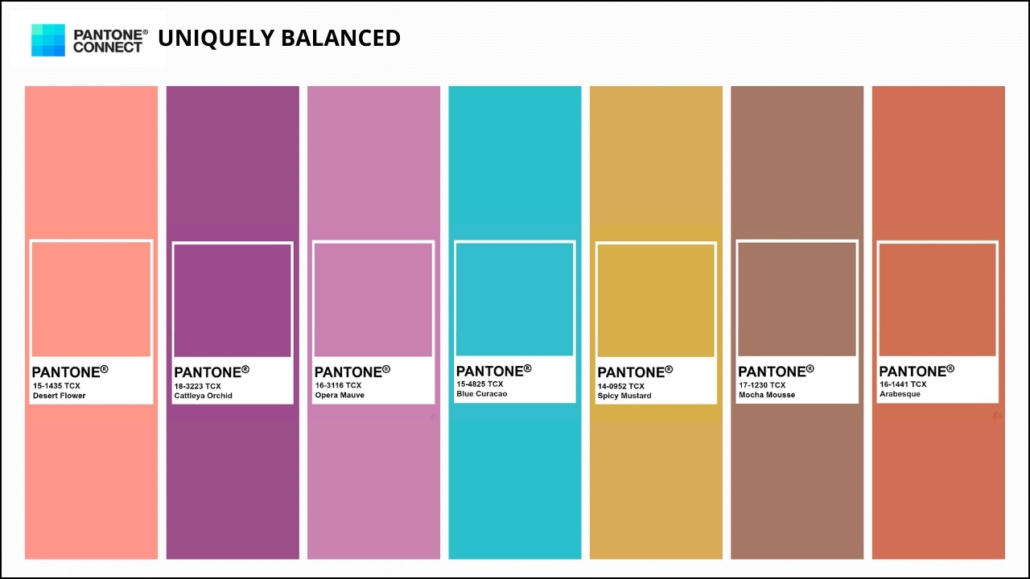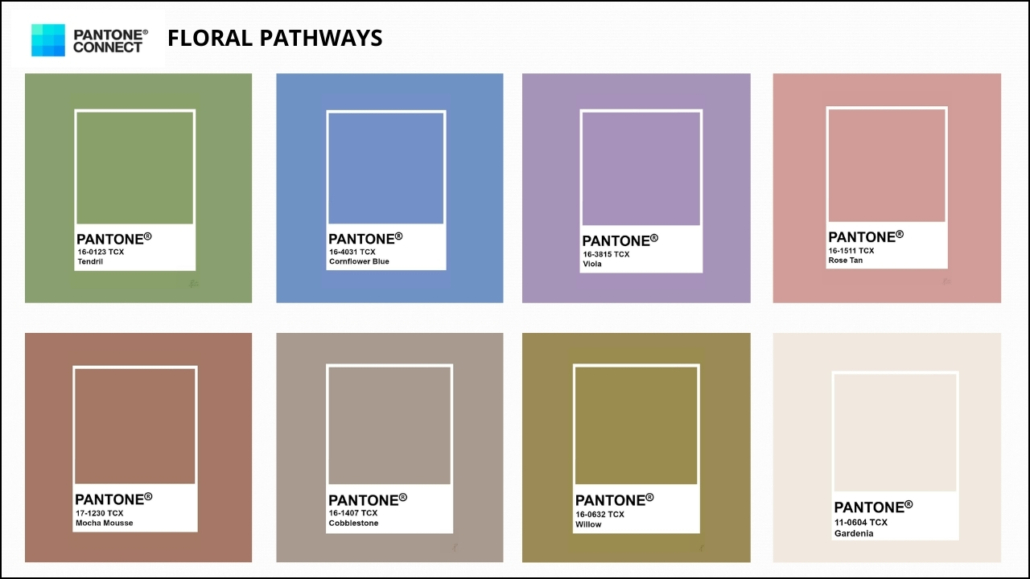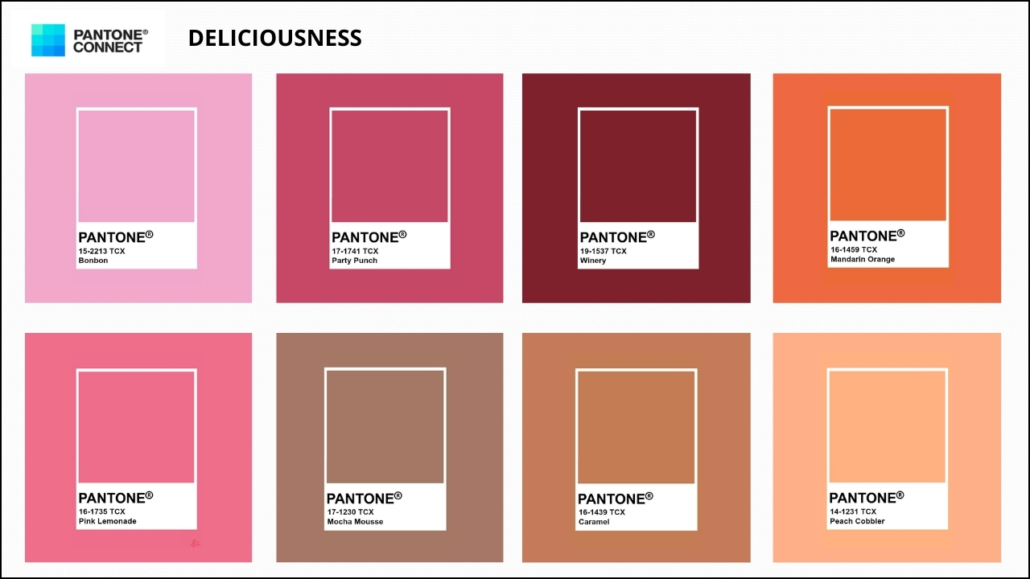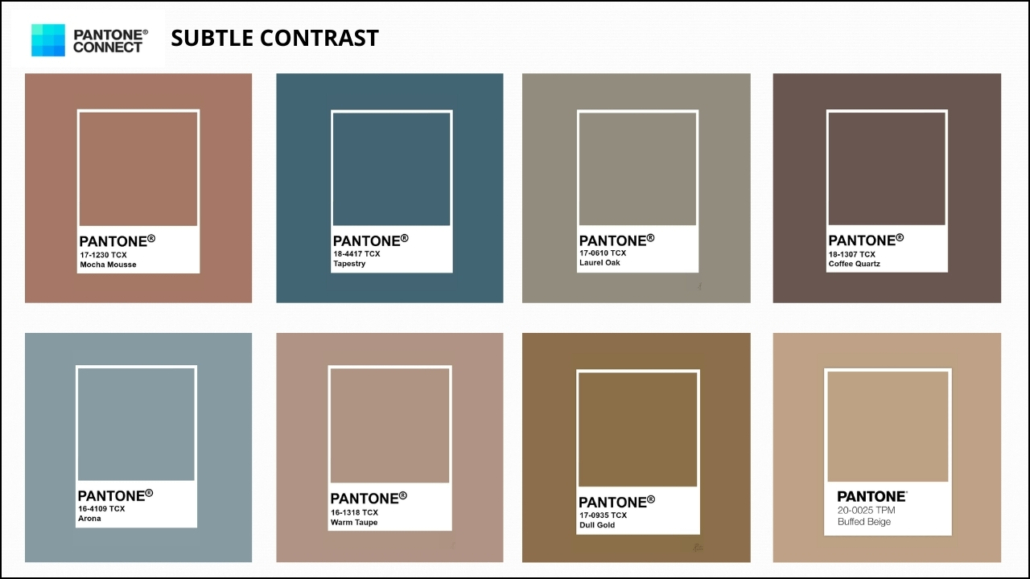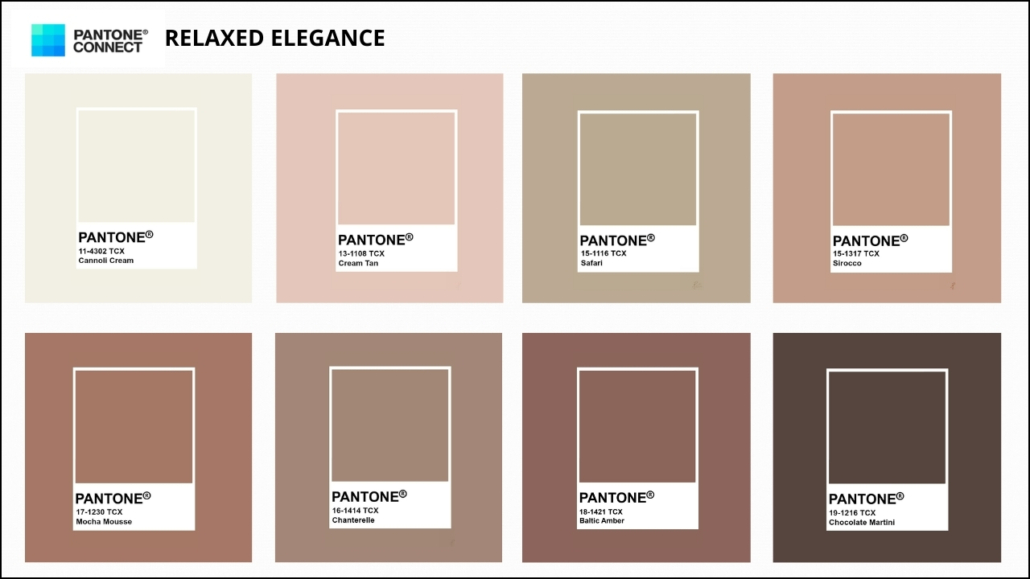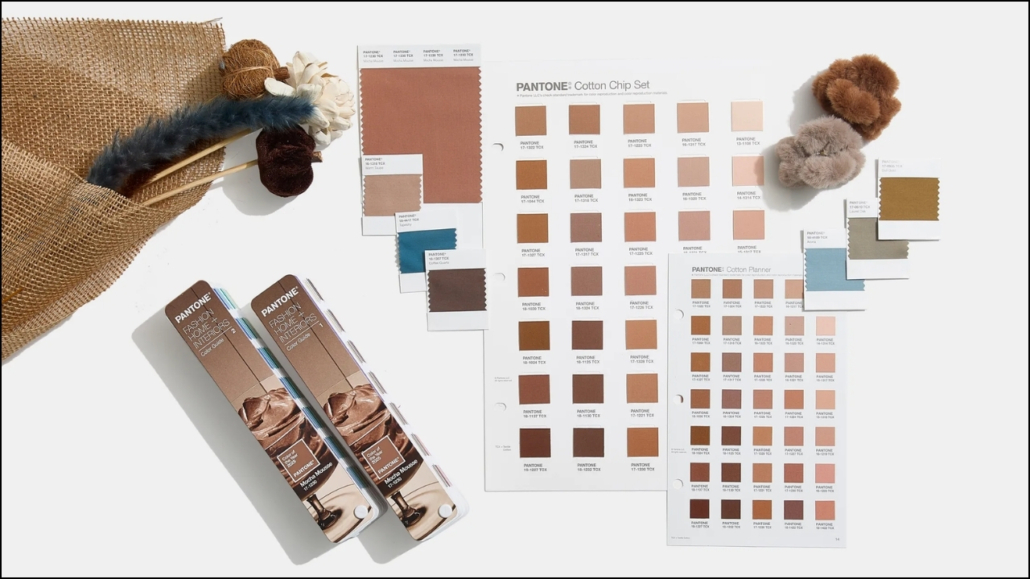Creating a wellness bedroom? How to do it?
The bedroom is one of the most intimate and delicate rooms in your home.
It is where we sleep, dream, reconnect with ourselves—and with those we love.
Yet, when we think about furnishing our home, the bedroom often gets overlooked or treated as just a functional or aesthetic space.
But here is the truth: it is where we spend some of the most precious hours of our day—those dedicated to rest and profound renewal.
A bedroom that’s cared for, harmonious, and thoughtfully designed can positively improve your quality of life.
Here is how to turn your bedroom into your wellness sanctuary.
Sleeping well means living better
Sleep isn’t just about shutting down: it is a vital process where your body restores and your mind processes.
If your bedroom feels tense, cluttered, or uninspiring, your rest will suffer.
A mindful bedroom should feel calm, safe, and light.
Avoid visual clutter, excessive décor, or cluttered spaces.
It would be good to avoid having your study in the room, but if you can’t do otherwise, put the PC away (or cover it if it is a desktop).
If possible, avoid putting the television in the bedroom; electronic devices drain energy.
Every choice should answer this simple question: “Does this help me feel good?”
Little tip: if you have a mirror in your bedroom, pay attention to its position.
According to Feng Shui, it should not reflect the person sleeping because the energy would bounce back and forth, disturbing sleep.
Here, too, if you can’t do otherwise, consider covering it at night!
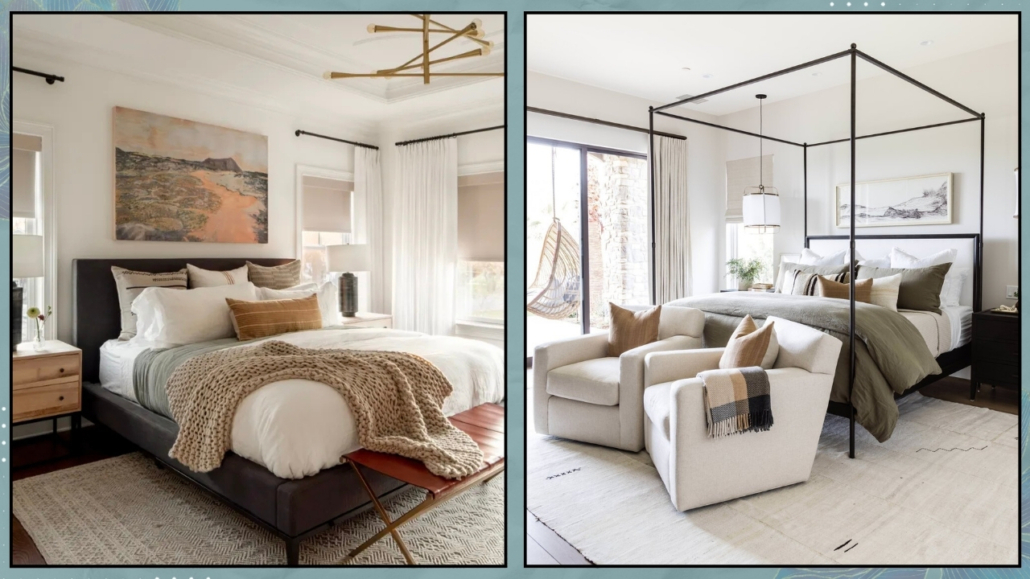
(credits: Salt Design Company; Pure Salt interiors)
Your bed: your energetic anchor
Your bed is the heart of the room, not just for comfort but energetically.
It’s where you recharge every night.
In feng shui, the ideal bed placement is with the headboard against a solid wall (never under a window), with a partial view of the door, but not directly in line with it.
This setup creates a sense of safety and groundedness.
Choose a quality mattress, natural fiber sheets, and cozy textures that pamper you.
Your bed should be visually soothing and emotionally supportive—just looking at it should make you feel exhaling.
Take care of it even when redone: with some cushions and some blankets, always make it inviting!
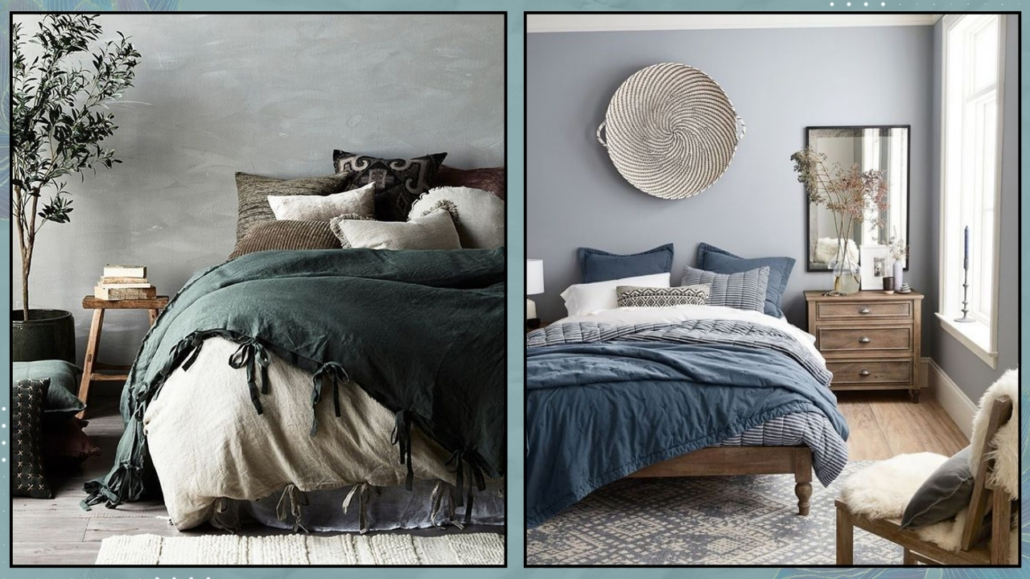
(credits: kaylagex.com; mydomaine.com)
Colors that support relaxation
Colors speak directly to your nervous system.
In the bedroom, go for soft, natural, calming tones like:
– sage green
– warm beige
– dusty rose
– powder blue
– light terracotta or taupe
You can also opt for very dark colors, such as brown, blue, and forest green: they give a sense of enveloping embrace and a greater feeling of intimacy (Here, I discuss 4 bedroom color combinations)
If you go for this option, consider balancing it with lighter hues and enhancing its brightness with metallic accents.
Avoid overly bright colors (such as red or lemon yellow) and also very cold or metallic tones.
The right color changes the room’s vibration and helps “turn down the volume” inside your mind.
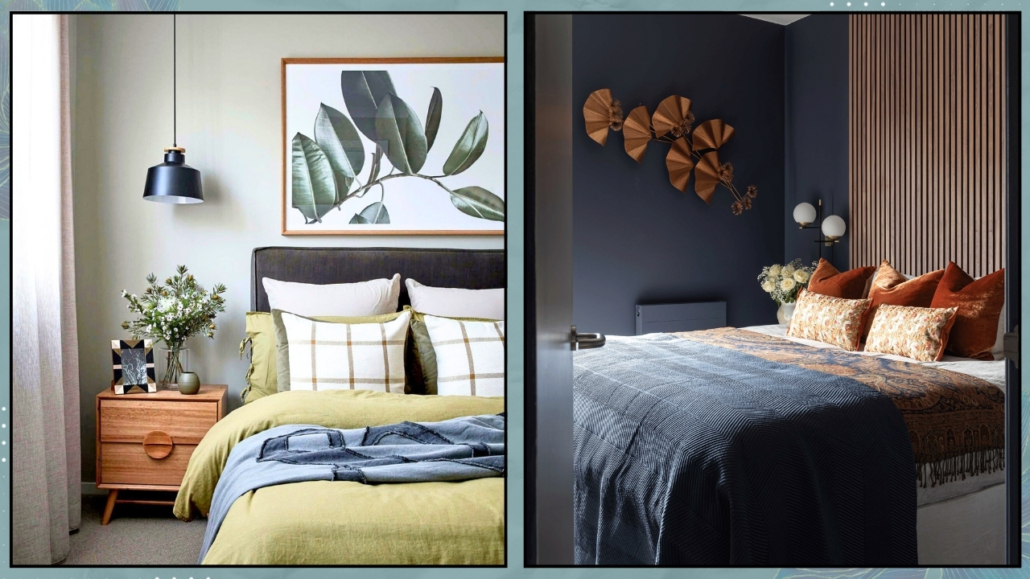
(credits: tlcinteriors.com.au; Studio Enass)
Lighting and atmosphere: build your cozy nest
Lighting plays a significant role in how you feel.
During the day, maximize natural light using sheer light-colored curtains.
At night, avoid harsh overhead lights.
Use warm-toned bedside lamps, wall sconces, candles, or soft string lights.
Good nighttime lighting helps your body slow down and prepare for rest.
If possible, keep screens out of the room: phones, television, and pc have a blue light that doesn’t help sleep.
Total darkness while sleeping is vital to support deep rest and balance your circadian rhythm.
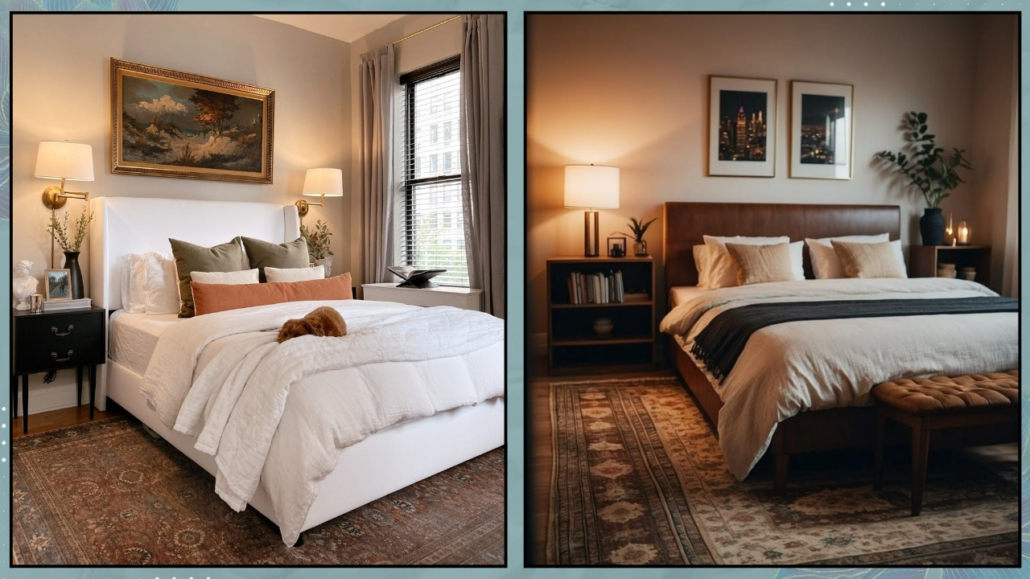
(credits: target.com; materialsix.com)
Clear space, clear mind
Messy spaces create mental clutter and may negatively impact the quality of sleep.
A room full of random objects, clothes on chairs, or storage under the bed makes the space feel heavy and restless.
Instead, keep things simple: just a few meaningful pieces, free surfaces, and breathing room.
Even empty space has value: it allows fresh energy to flow and creates a sense of lightness and clarity.
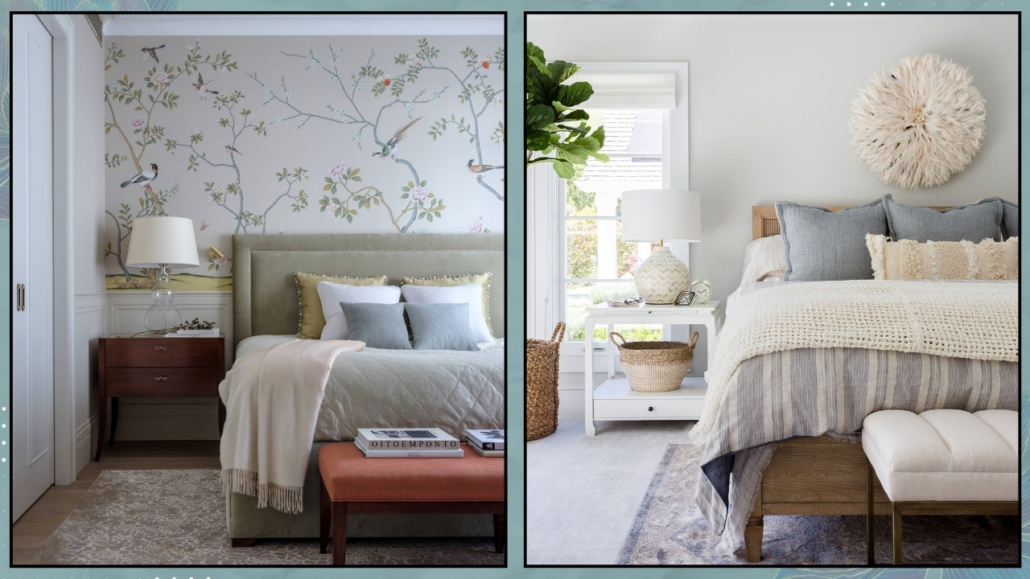
(credits: arch-predmet.com; thespruce.com)
Soul-nurturing details
Some objects bring us instant peace. The bedroom is the perfect place to keep items that nourish you emotionally:
– a meaningful photo
– special keepsake
– a crystal or stone that inspires you
– small plant (like lavender, peace lily, or snake plant)
– a book for quiet moments
The key is not to overdo it—each item should have a reason to be there.

(credits: ingredientsldn.com; cocolapinedesign.com)
Scents, sounds, and feelings
Scents matter for a wellness bedroom.
Use a diffuser with relaxing essential oils such as lavender, cedarwood, or sweet orange, or try a natural pillow spray.
Sounds can also be soothing: nature sounds, gentle instrumental music or calming frequencies can help slow your system down and create a peaceful atmosphere.
All your senses should feel nurtured and supported.
That’s what makes a room truly healing.
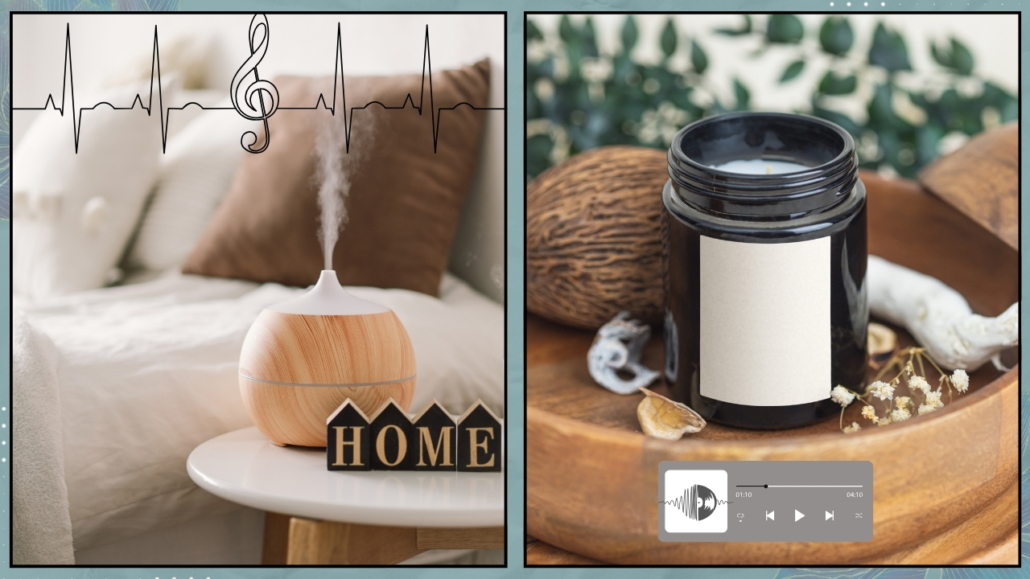
(credits: canva)
Two simple rituals to care for yourself
Let me share two rituals that make a real difference in my daily life – I hope they can do the same for you.
-
Evening ritual – “Close the day with gratitude”.
As night falls, dim the lights, turn off all screens, and light a candle.
Sit on your bed or in a quiet corner and reflect on three things you’re grateful for from the day, even small ones.
Take a deep breath in, and as you exhale, imagine releasing all the tension.
Blow out the candle with a peaceful thought.
-
Morning ritual – “Start with intention”
When you wake up, take a moment in silence.
Place your feet on the floor and feel grounded.
Open a window and let in fresh air.
Take a deep breath and ask yourself: “How do I want to feel today?”
You can start your day with a short, inspiring quote or offer yourself a kind thought.
Starting the day with intention sets the tone for everything that follows.
In conclusion
Your bedroom is your sacred space.
A nest, a temple, a retreat.
You don’t need a complete renovation to feel the difference; even small, mindful shifts and loving choices can make a huge impact.
Wellness begins here: in the quality of your space, your energy, and your rest.
I hope you enjoyed this article about a wellness bedroom and found it helpful.
If so, don’t hesitate to share it with someone you think might be interested; I would be honored, and it will help me gain more visibility.
If you’d like to transform your bedroom into a true wellness sanctuary, I’d be honored to assist: book a personalized consultation.
Together, we can ensure that even your quietest moments reflect your style—and support your soul.

